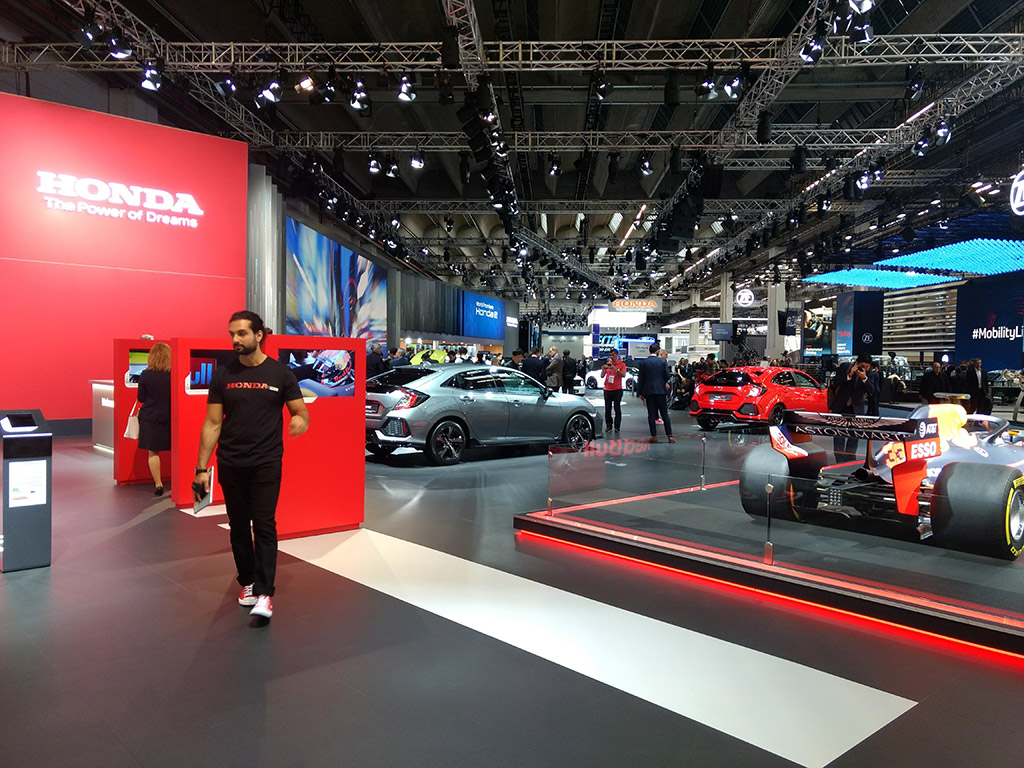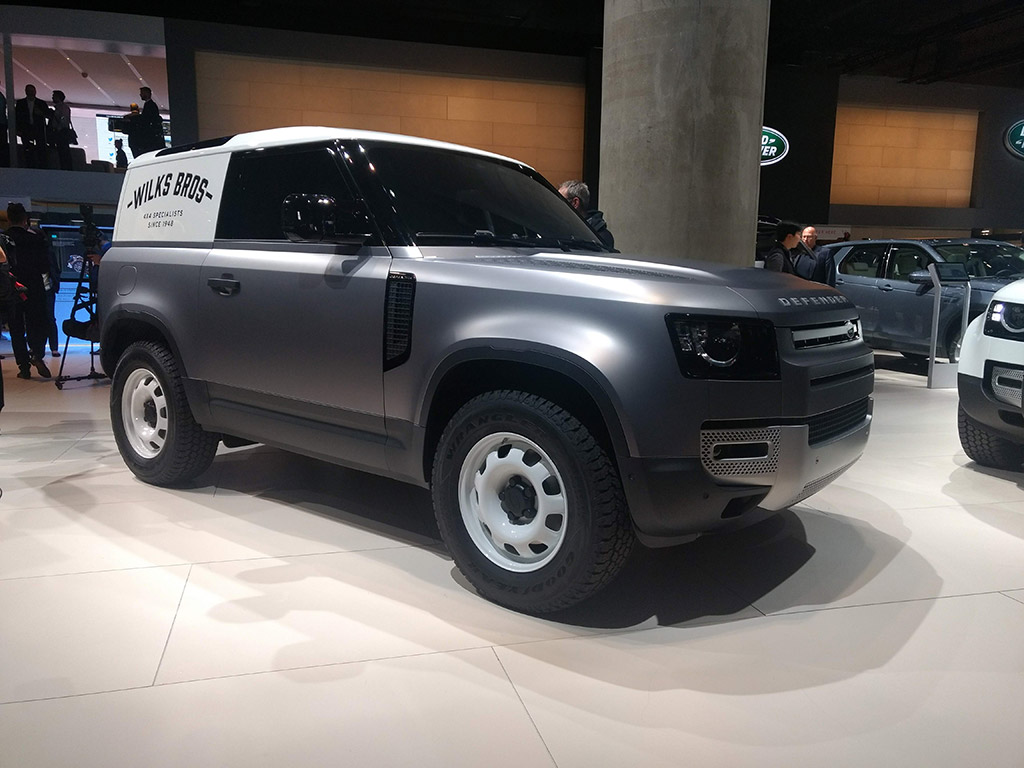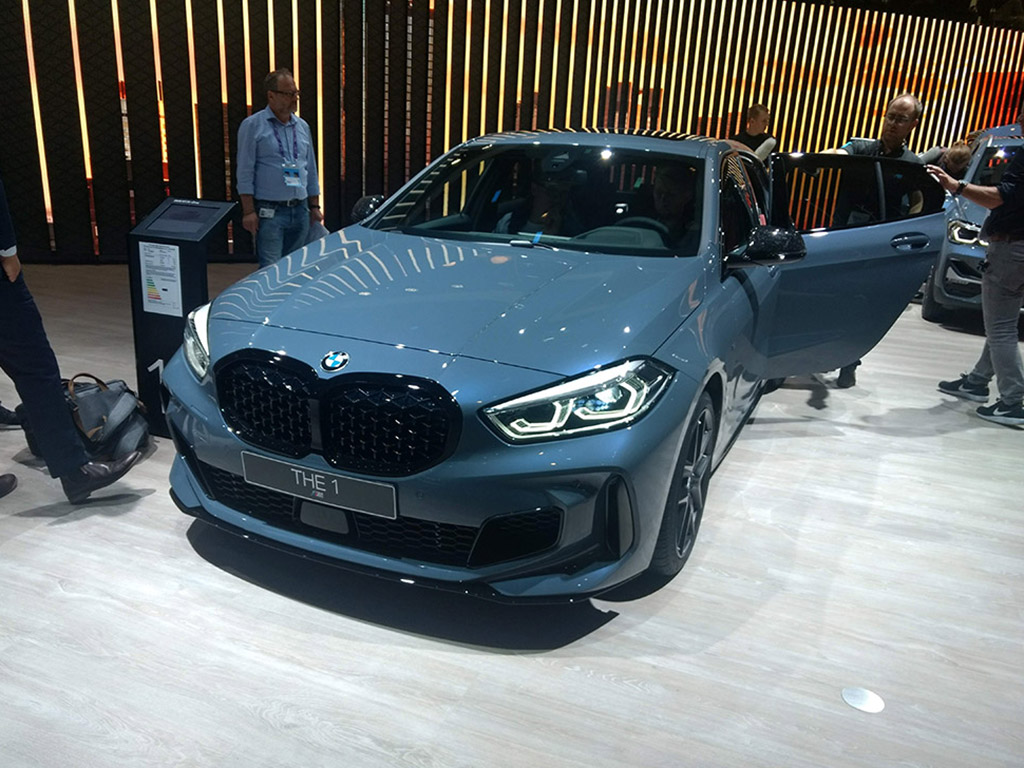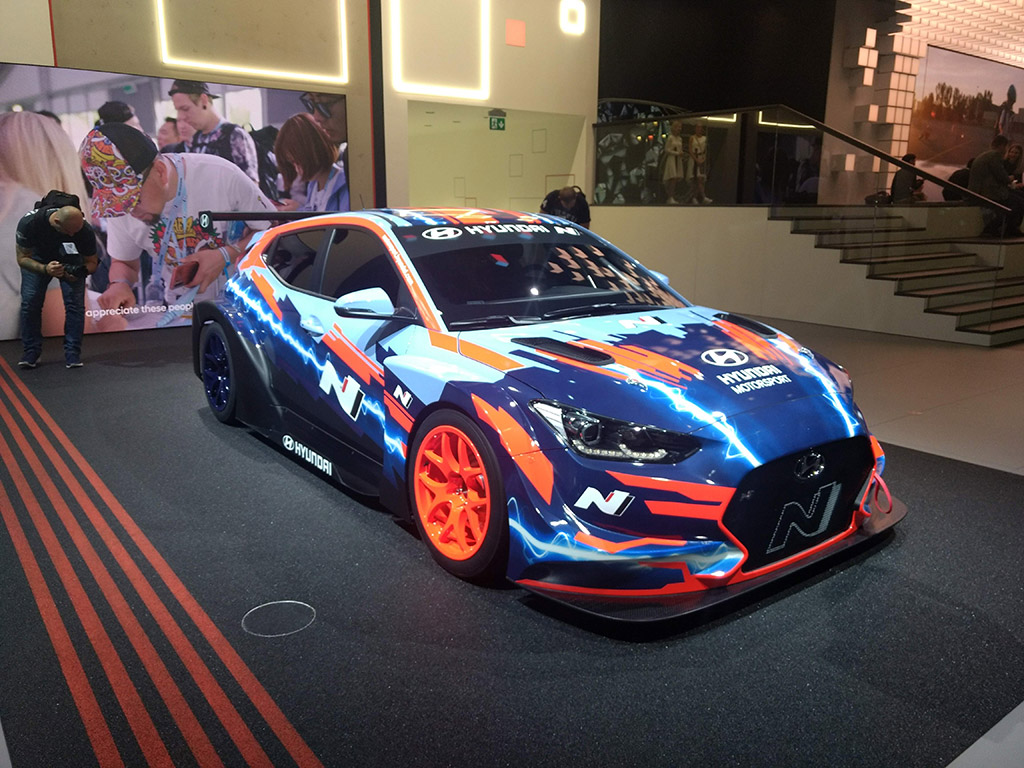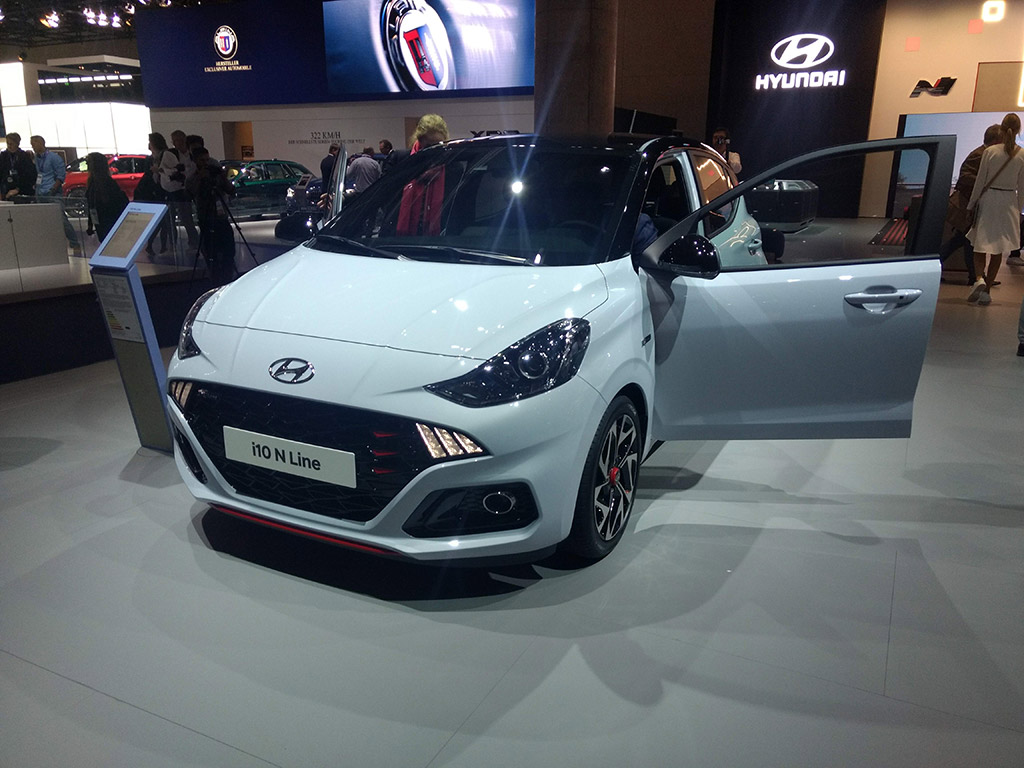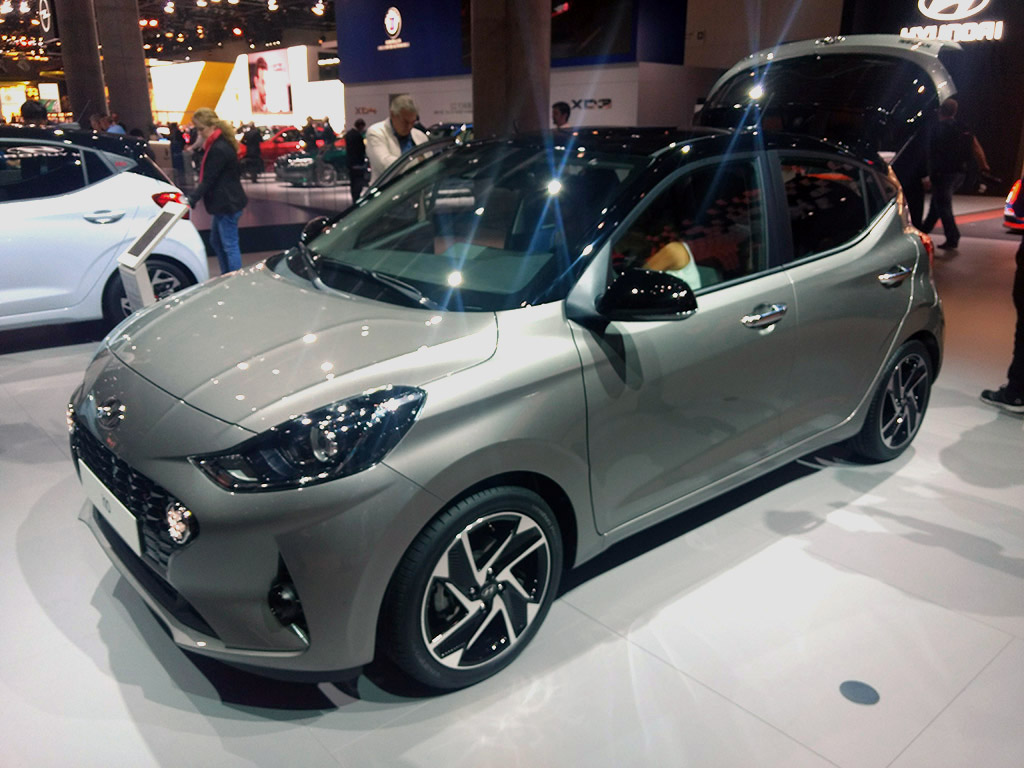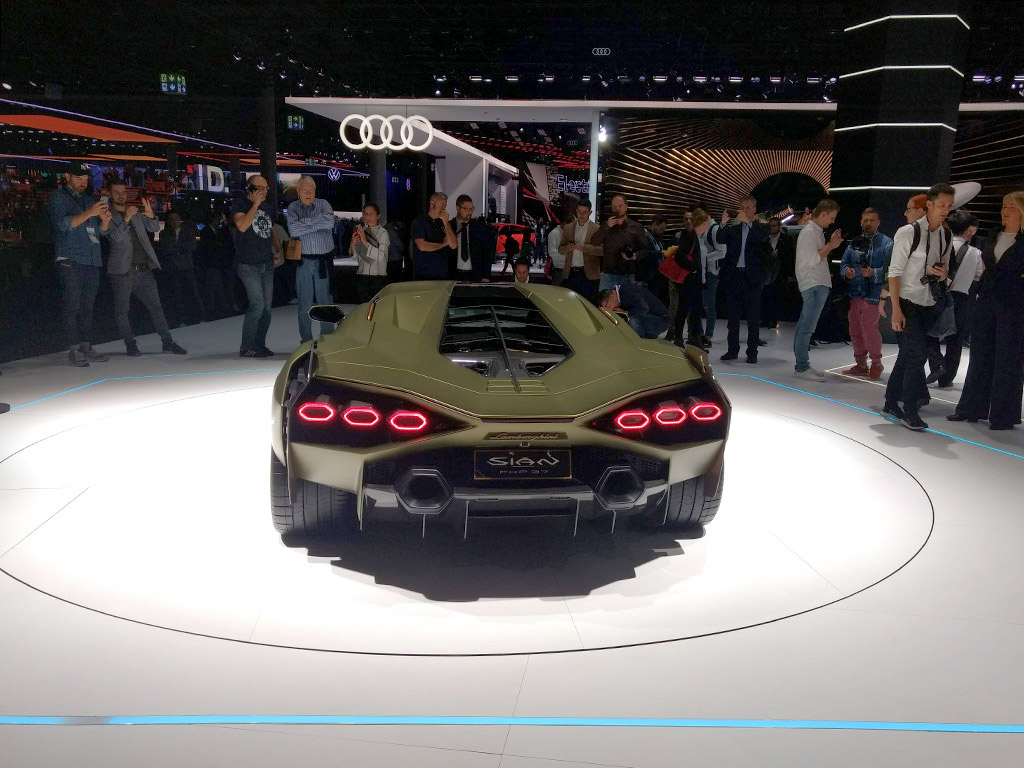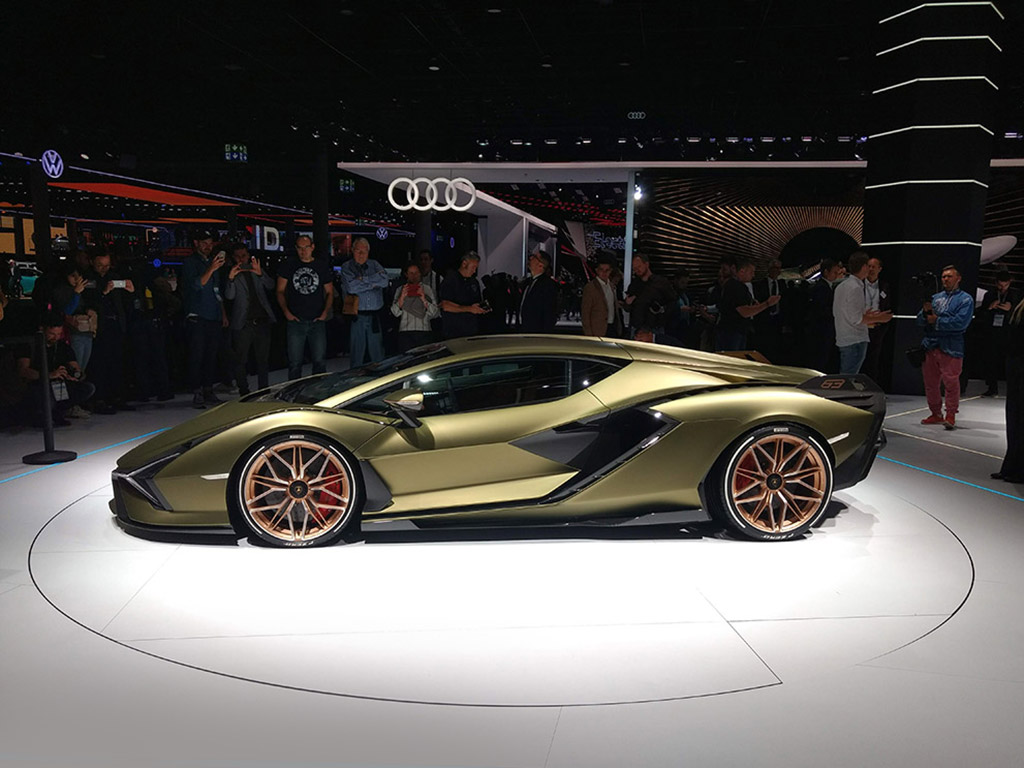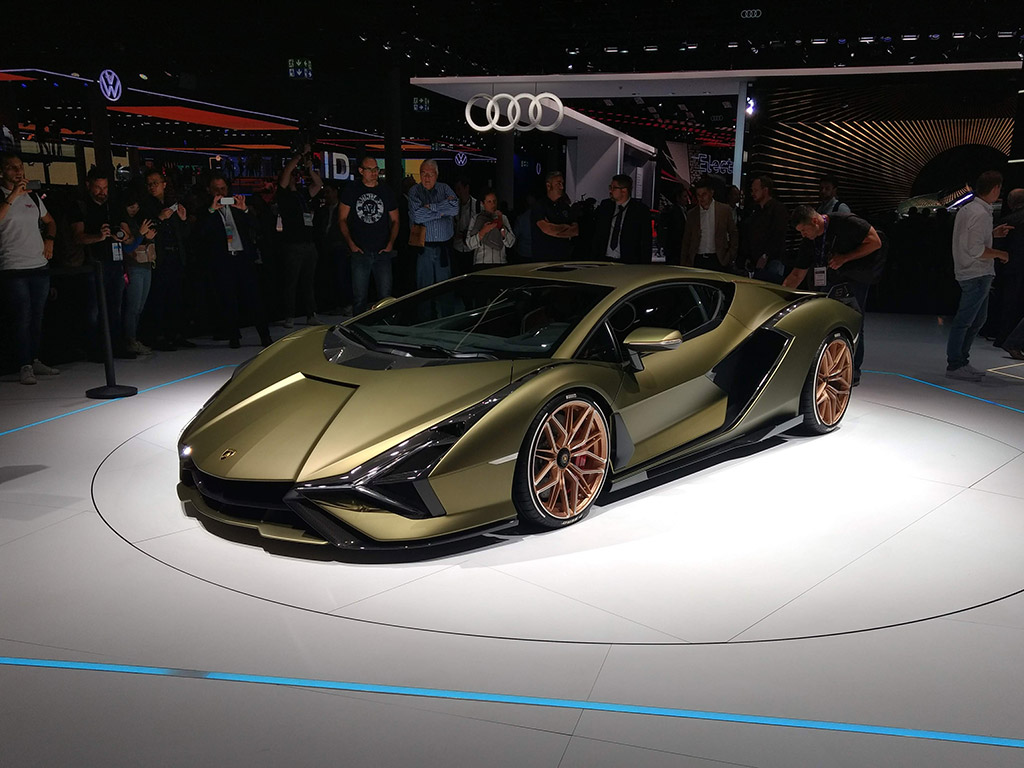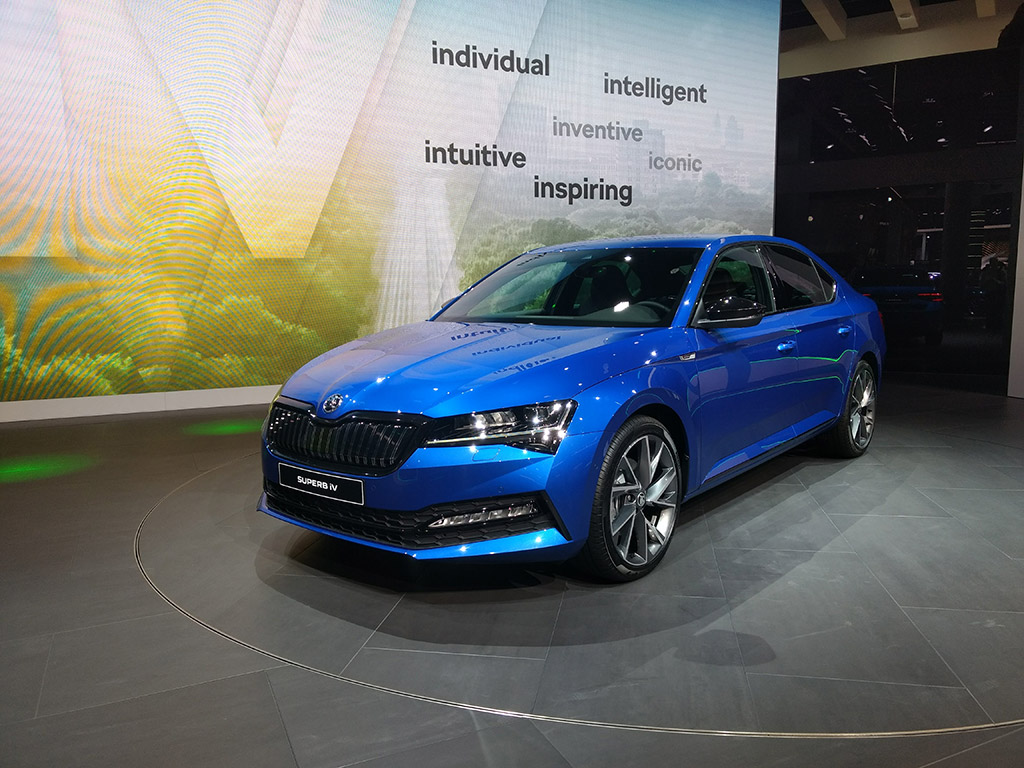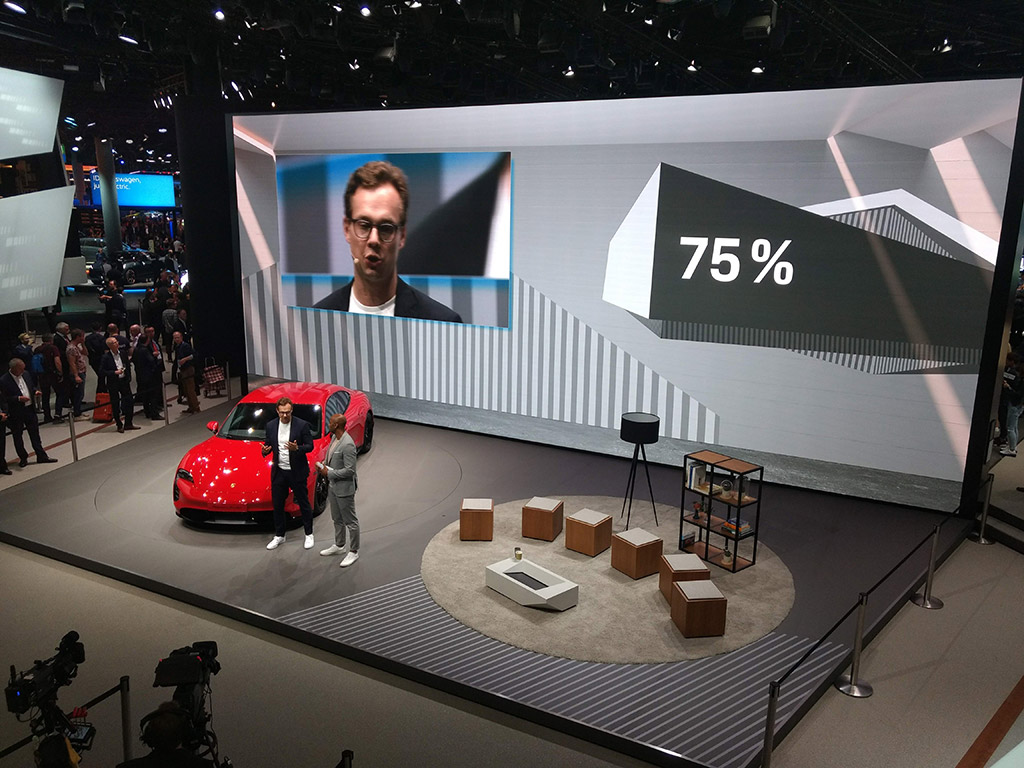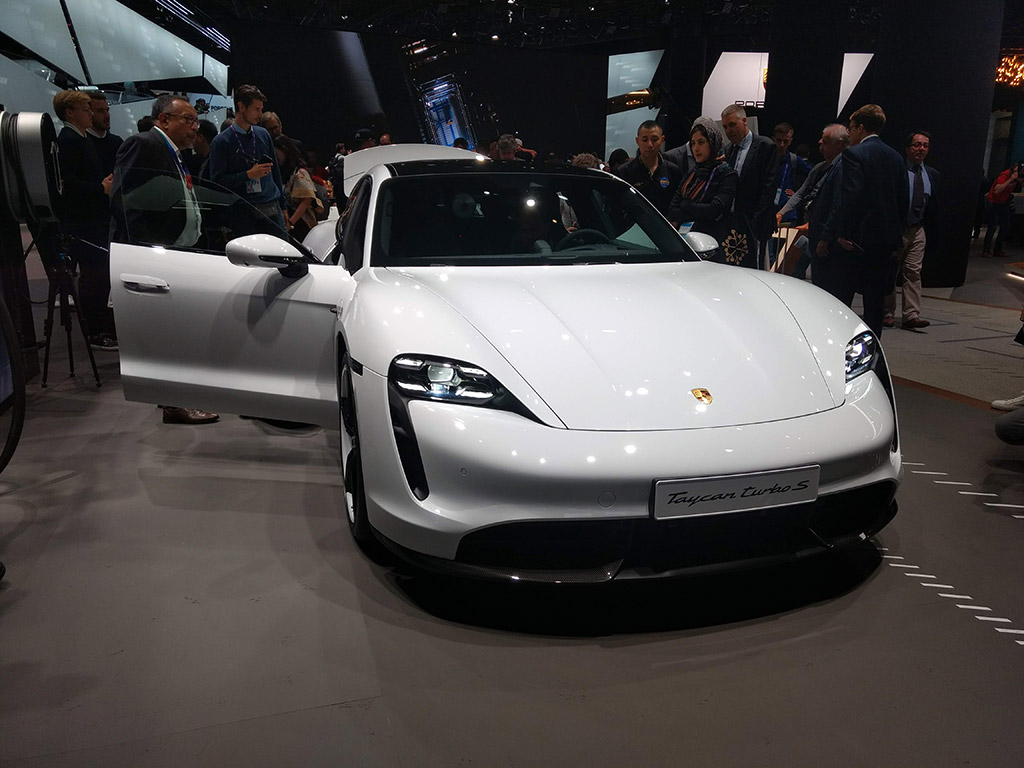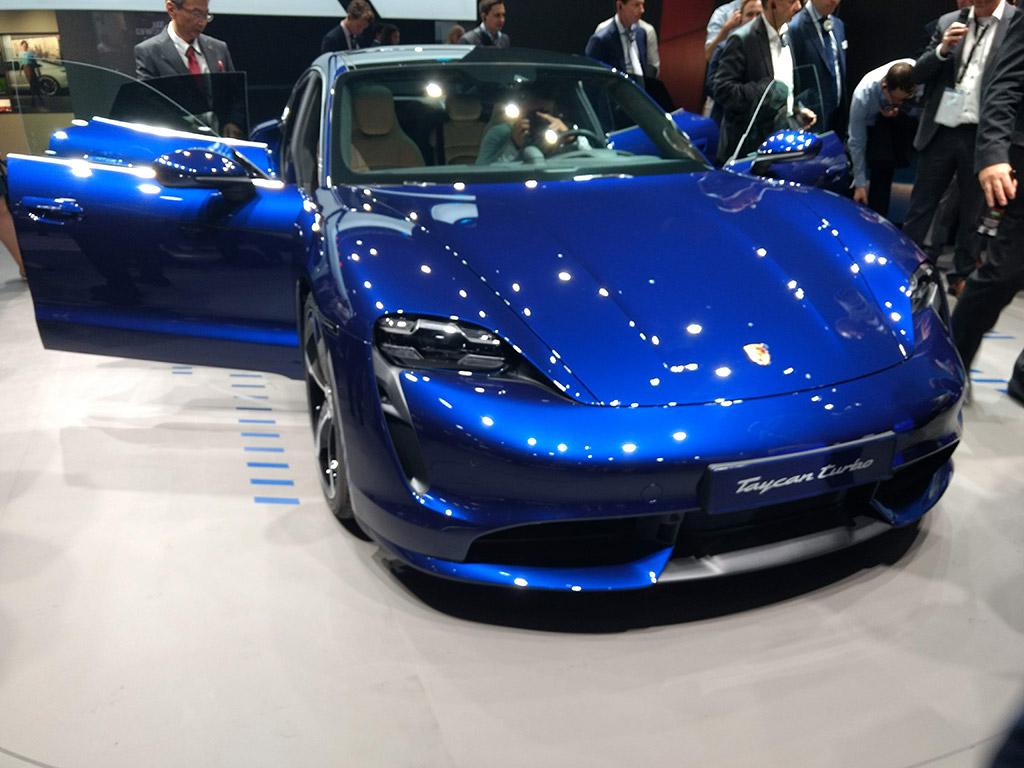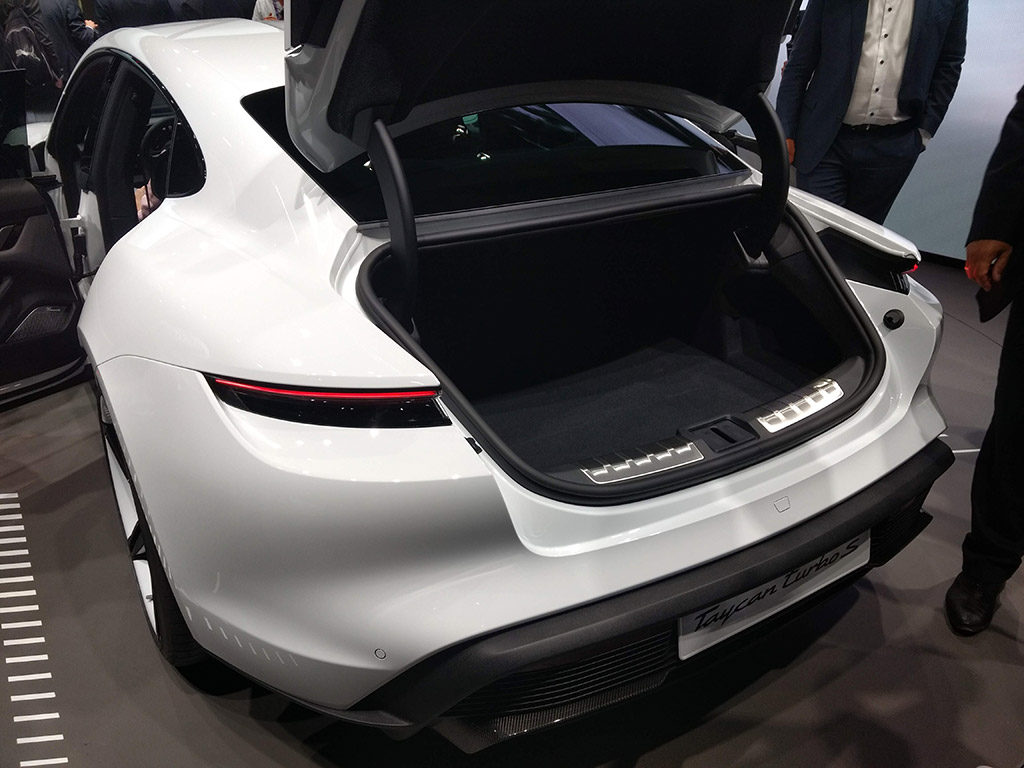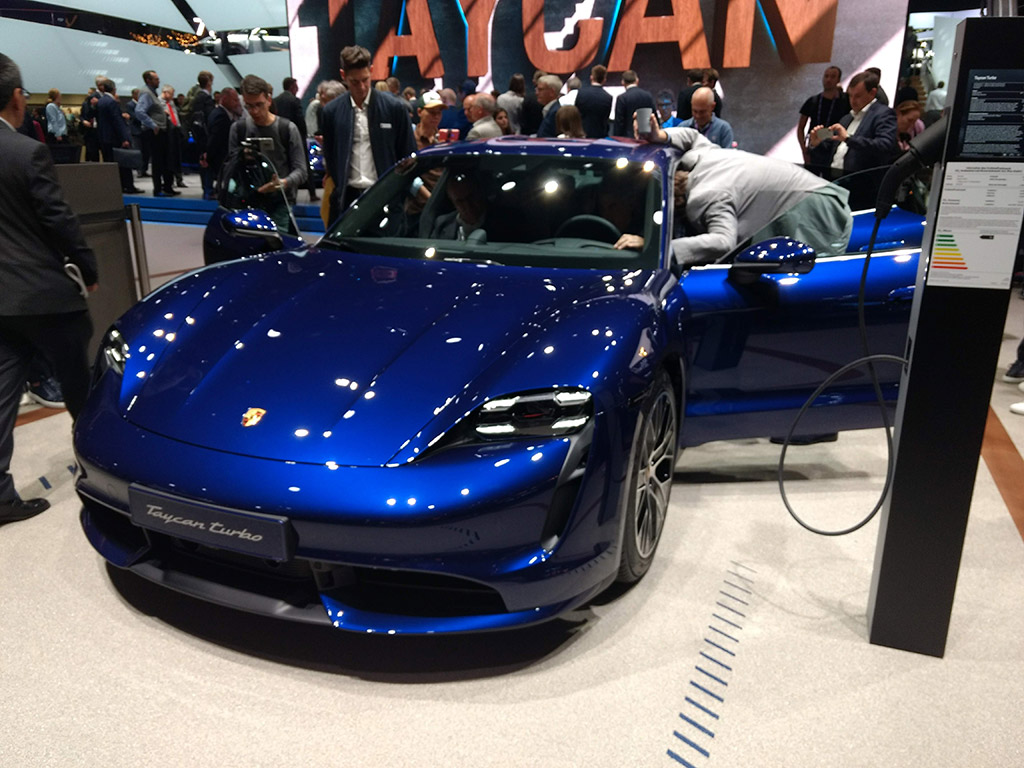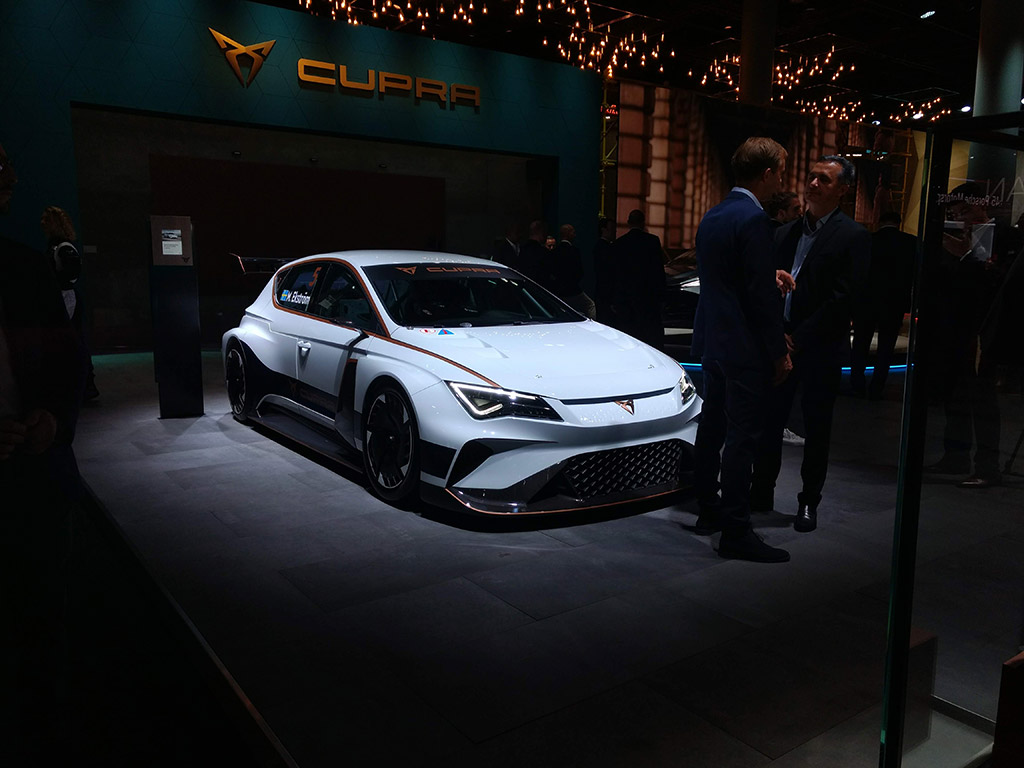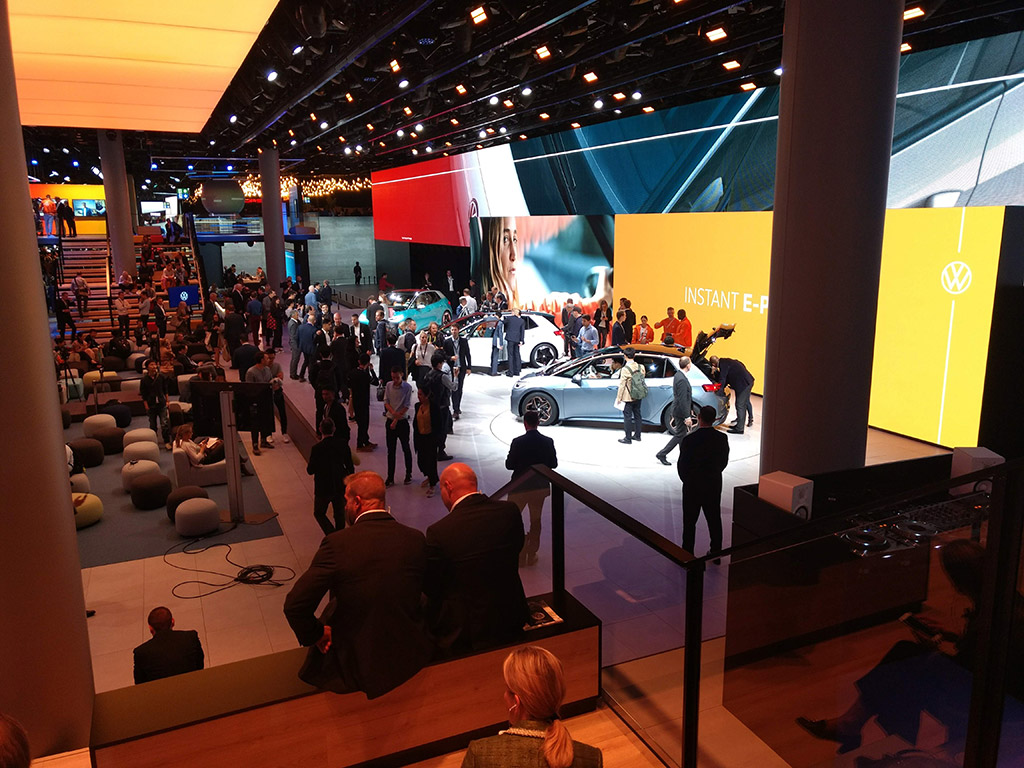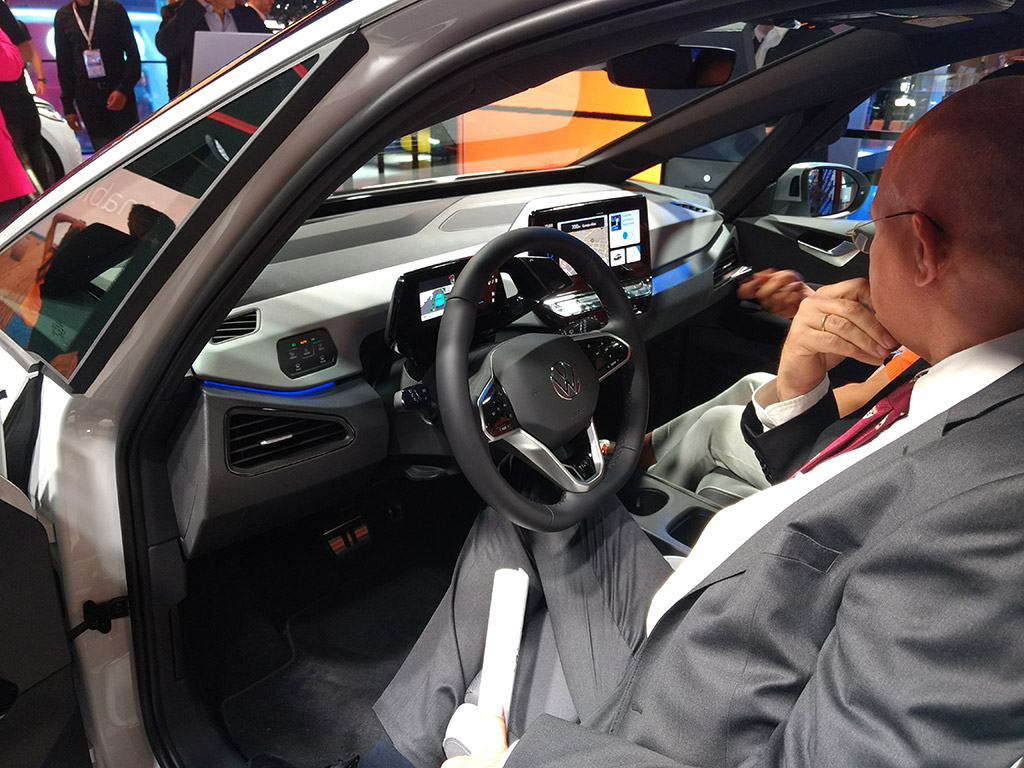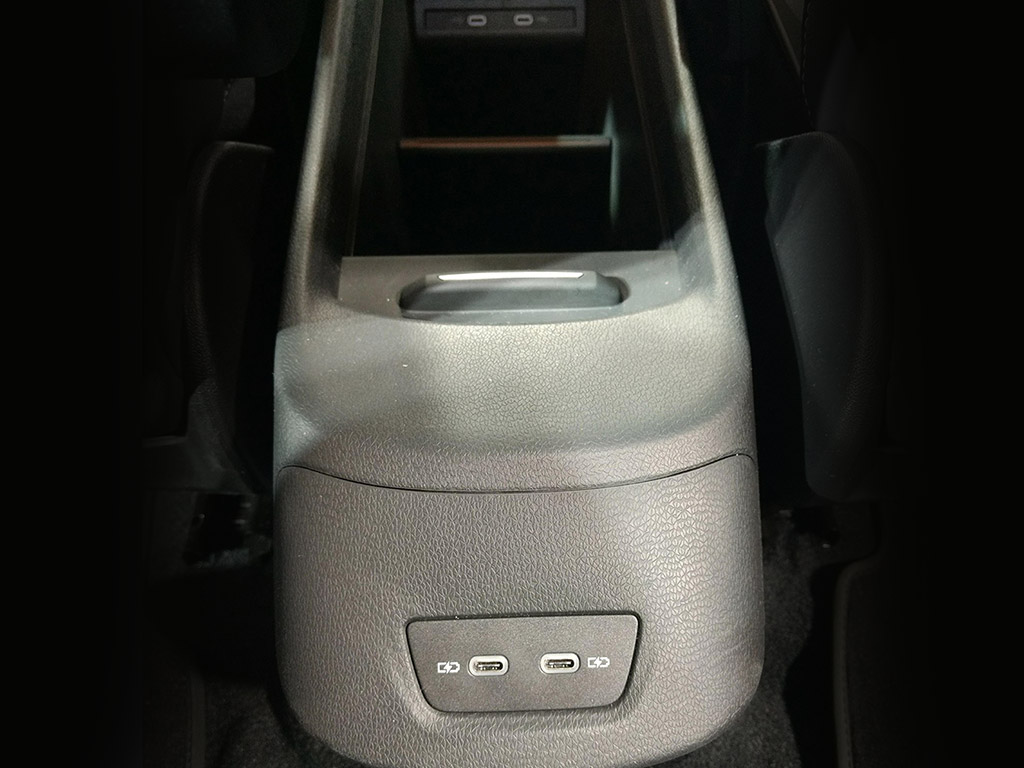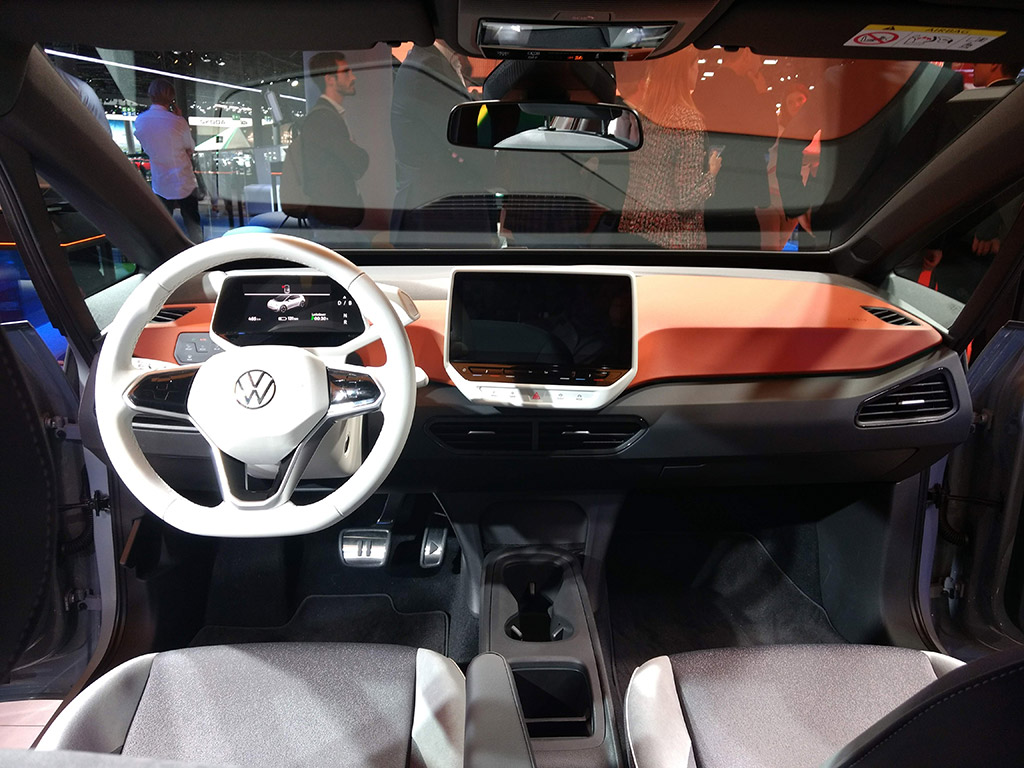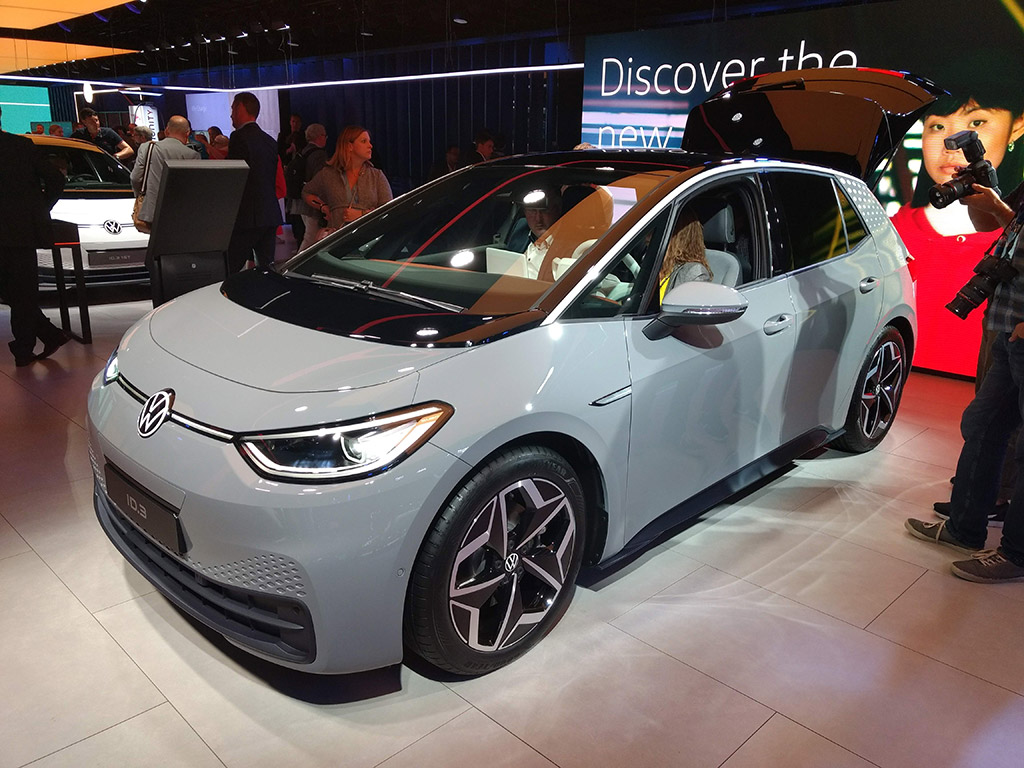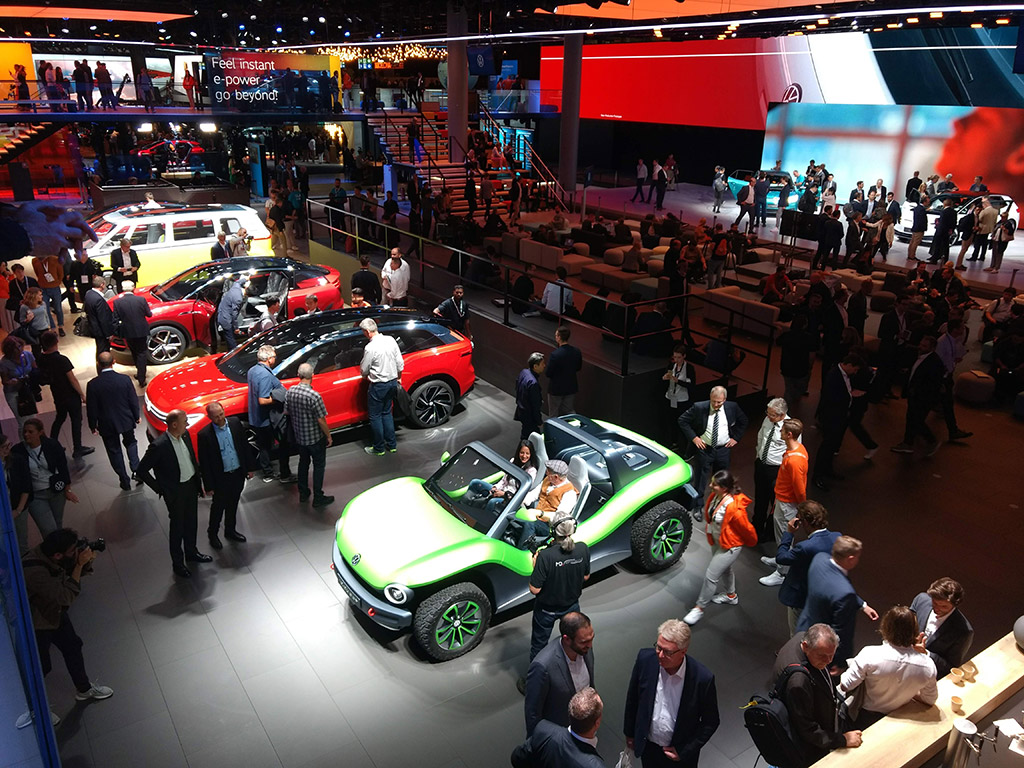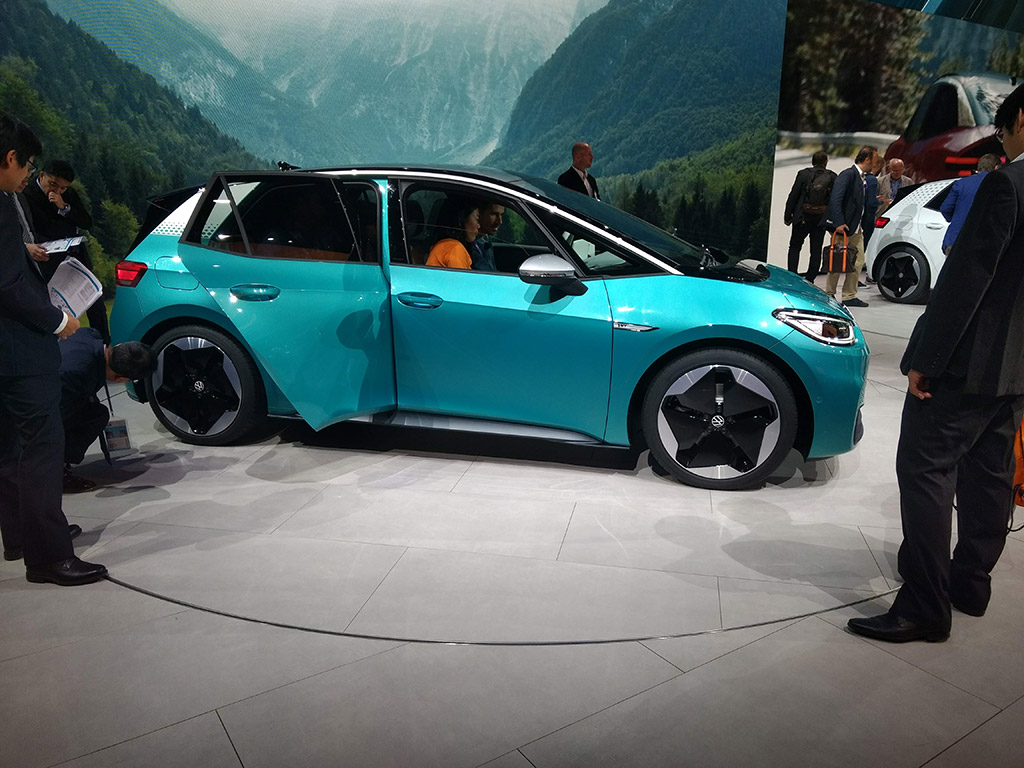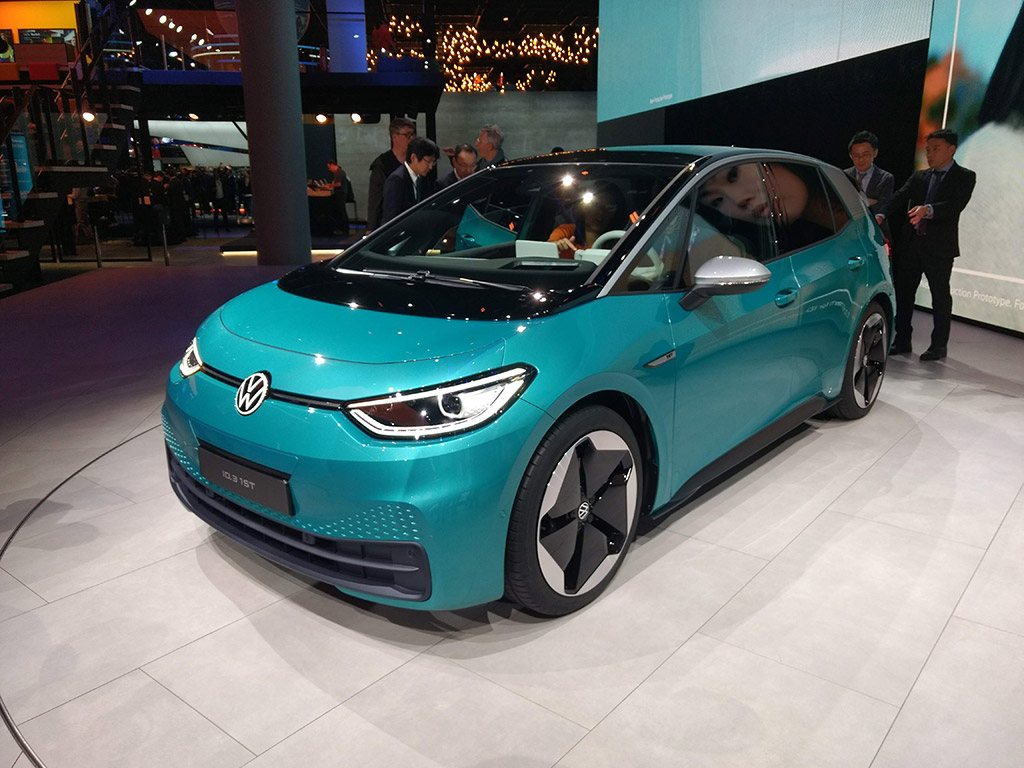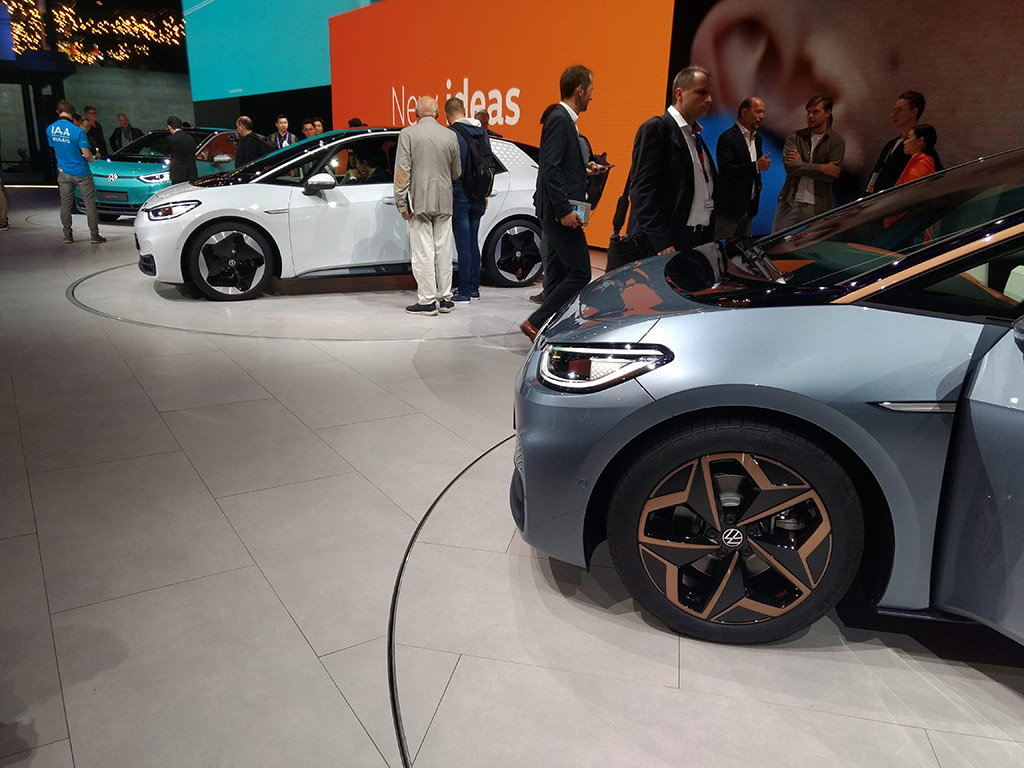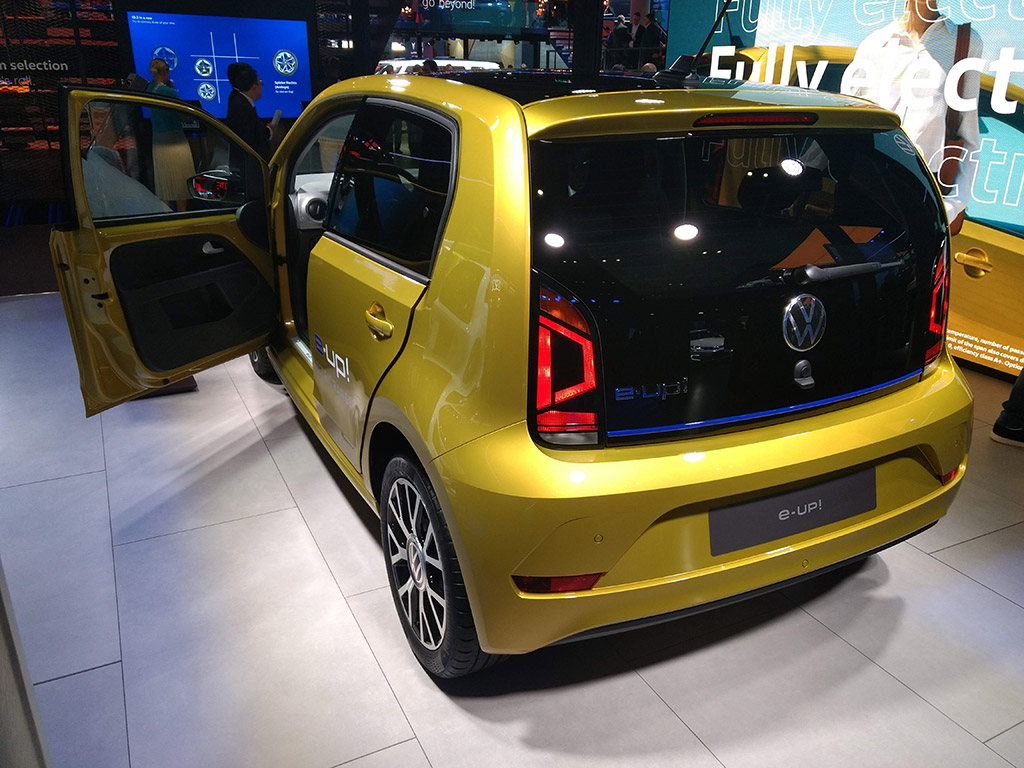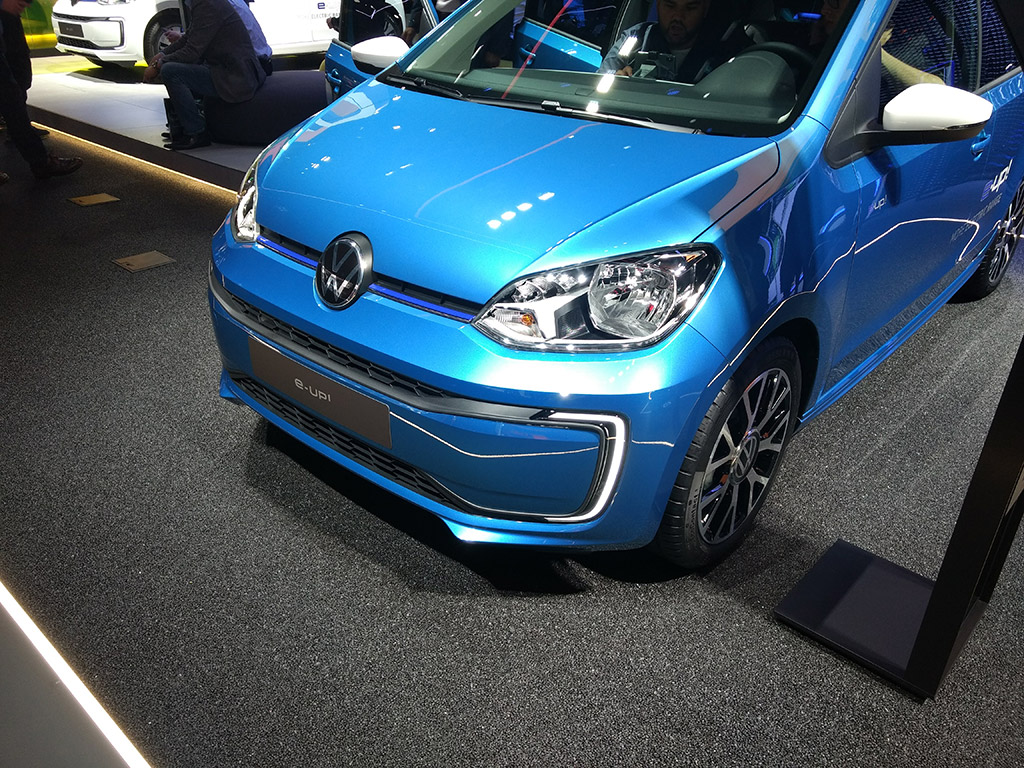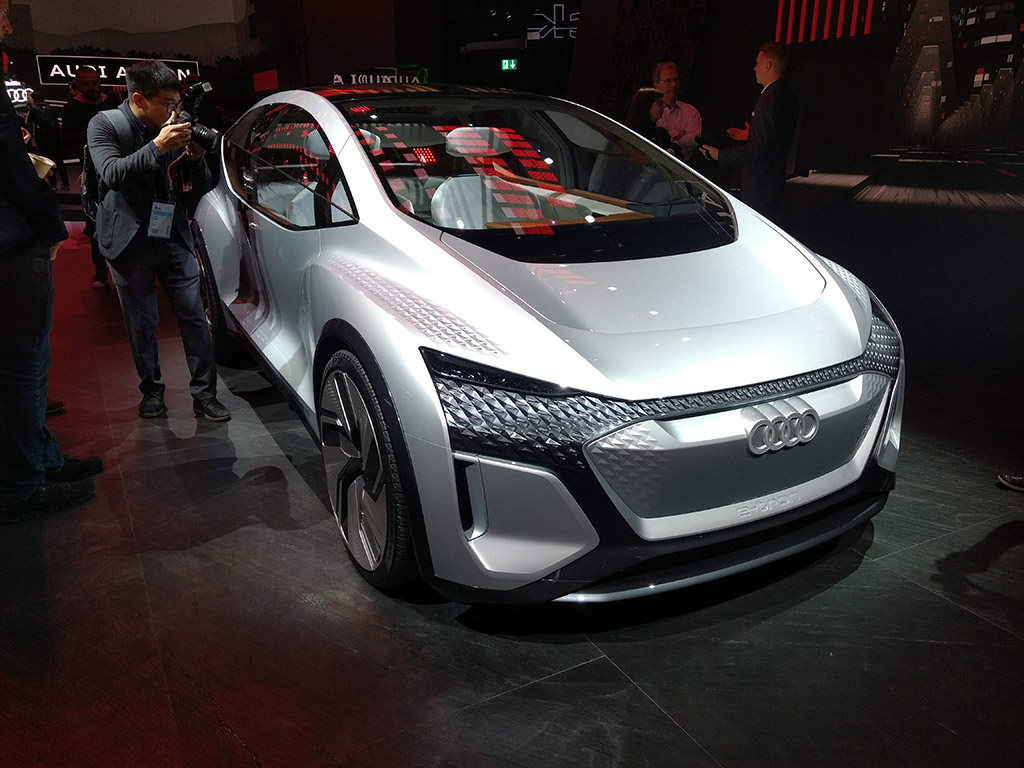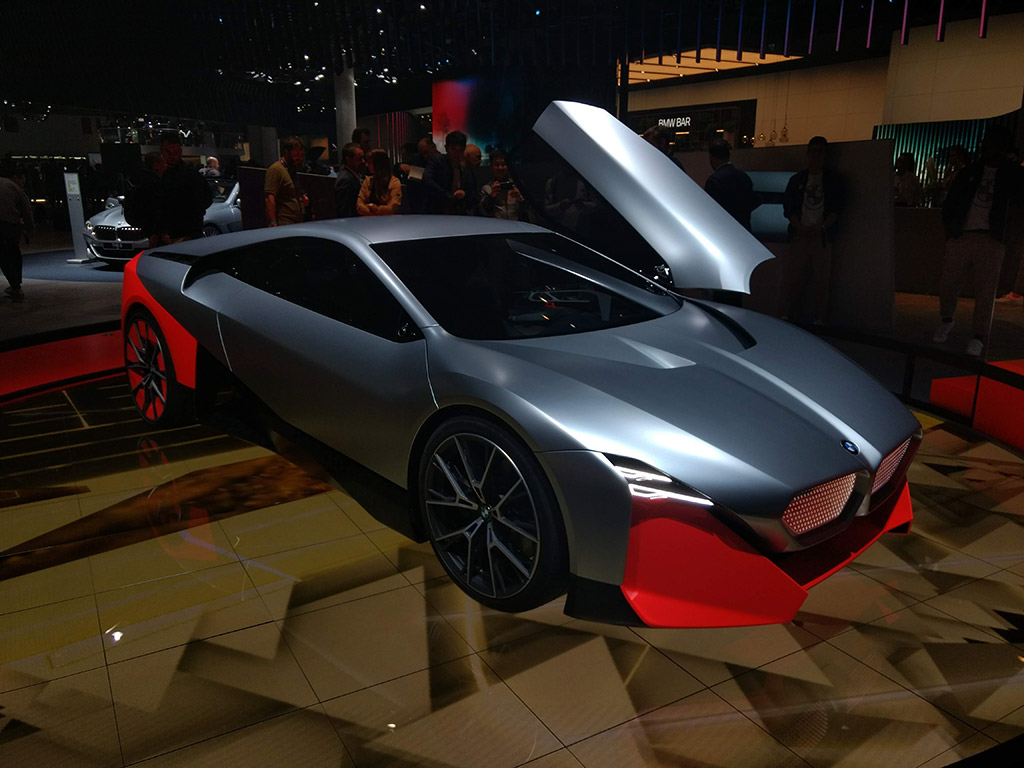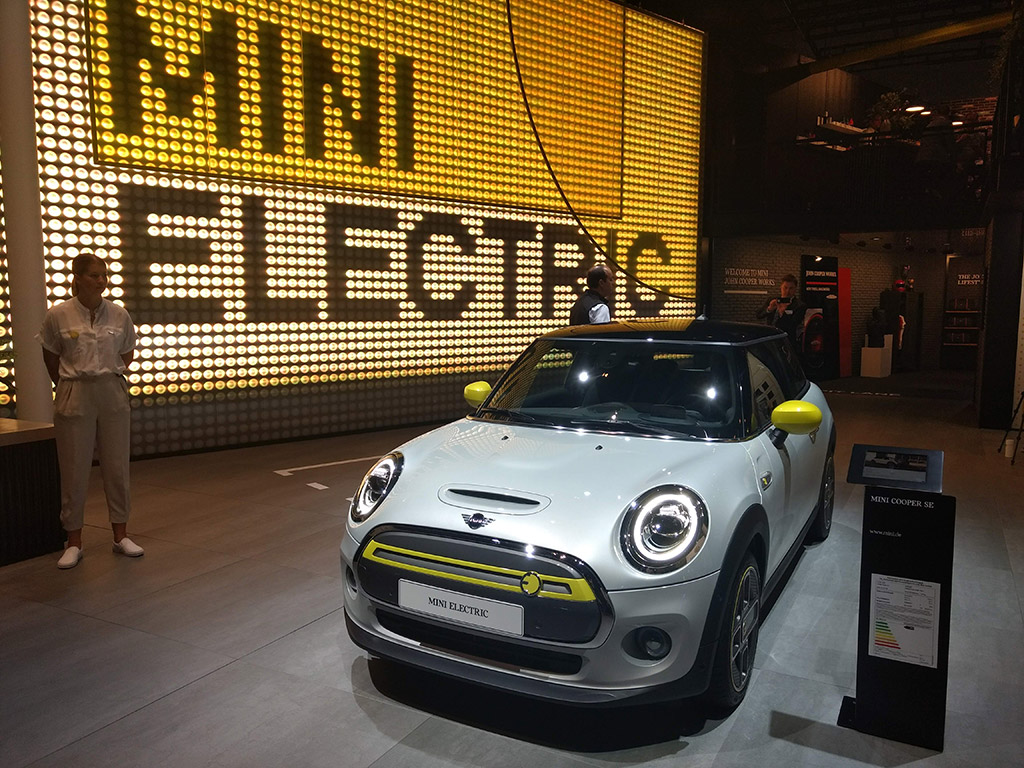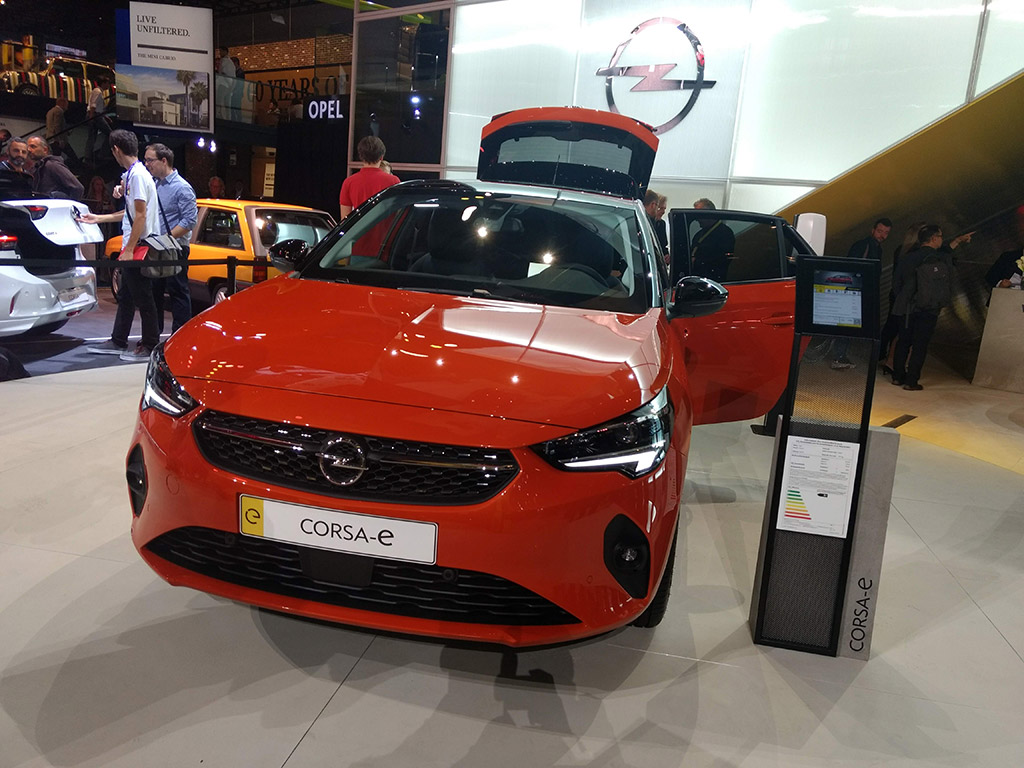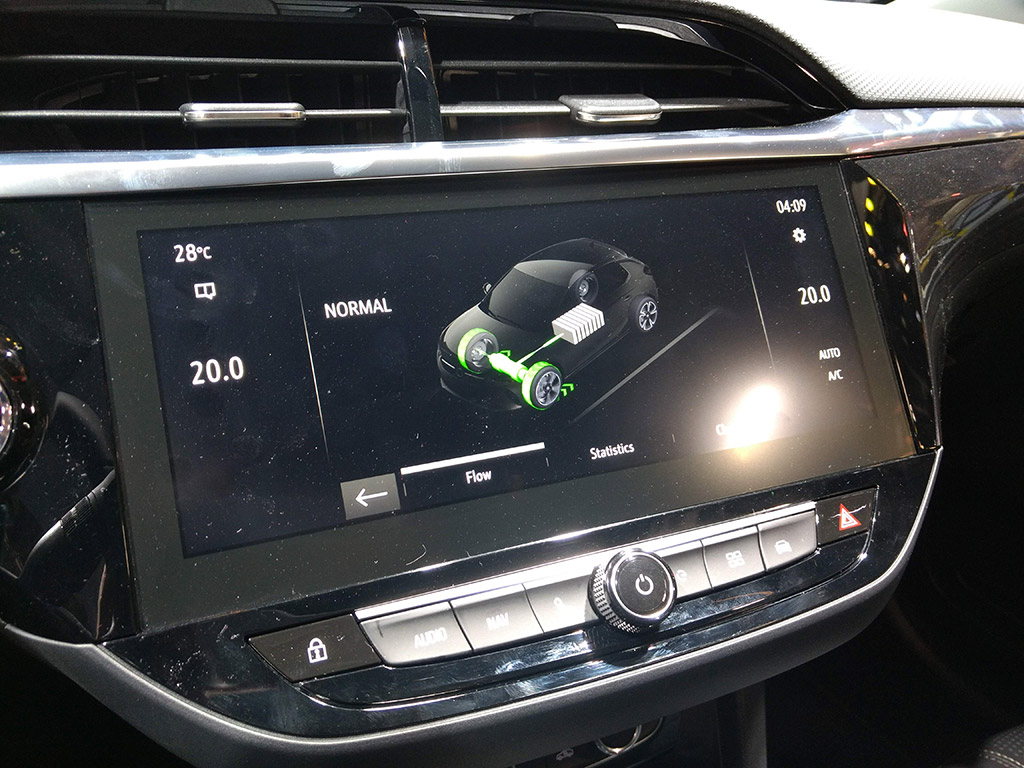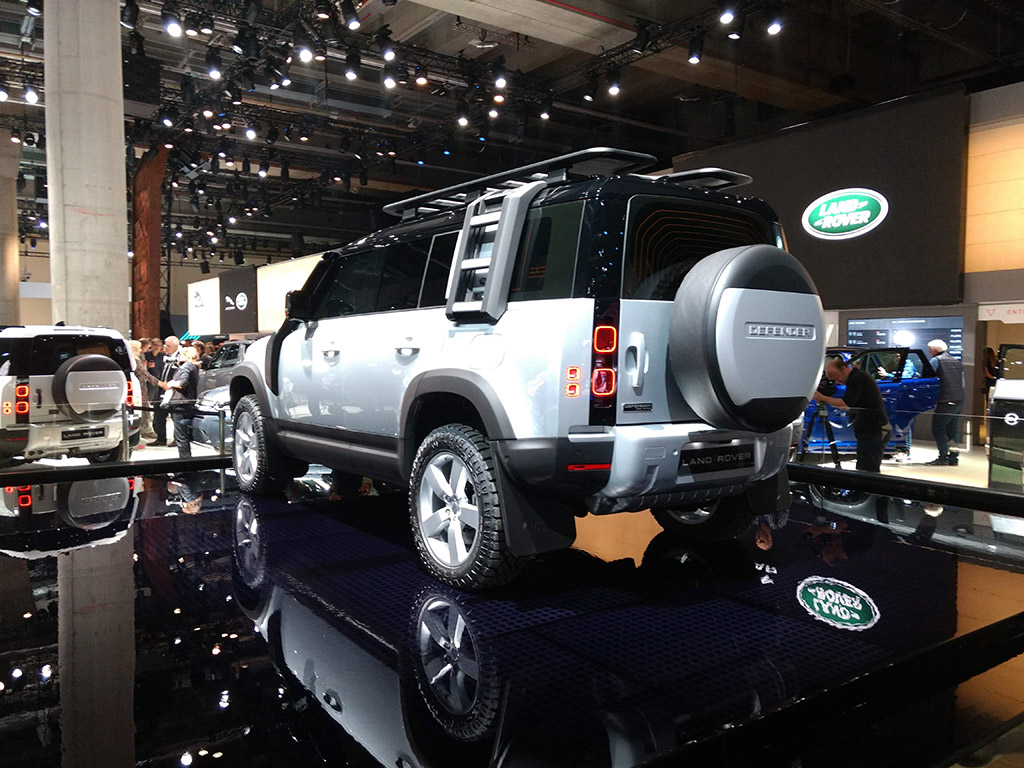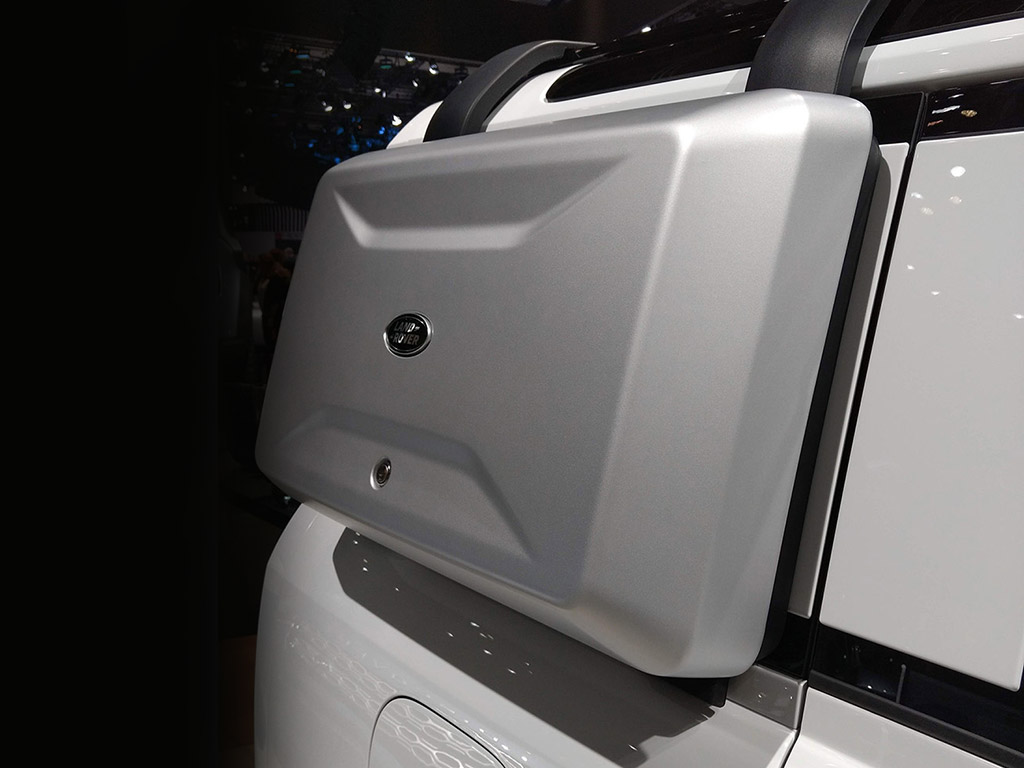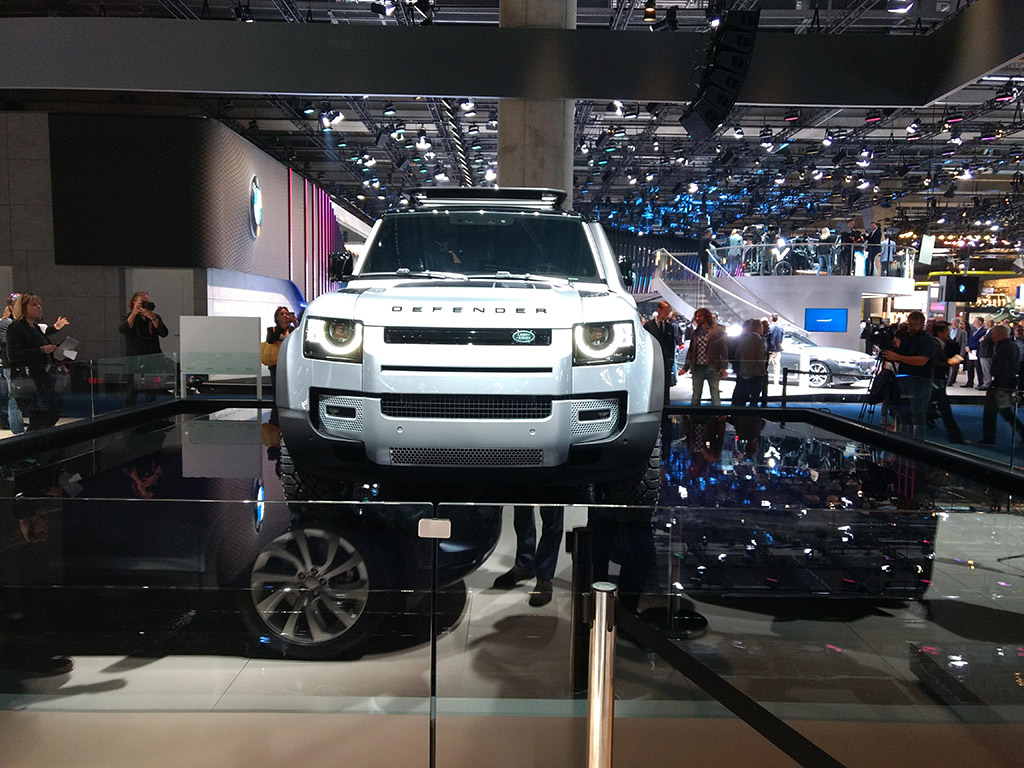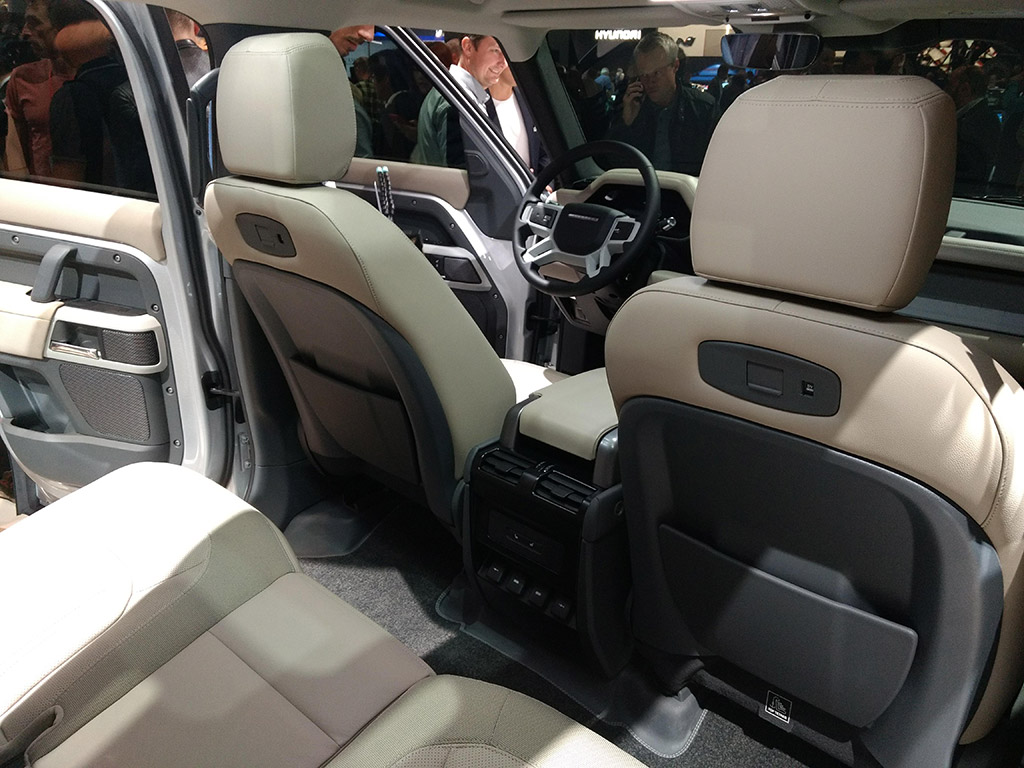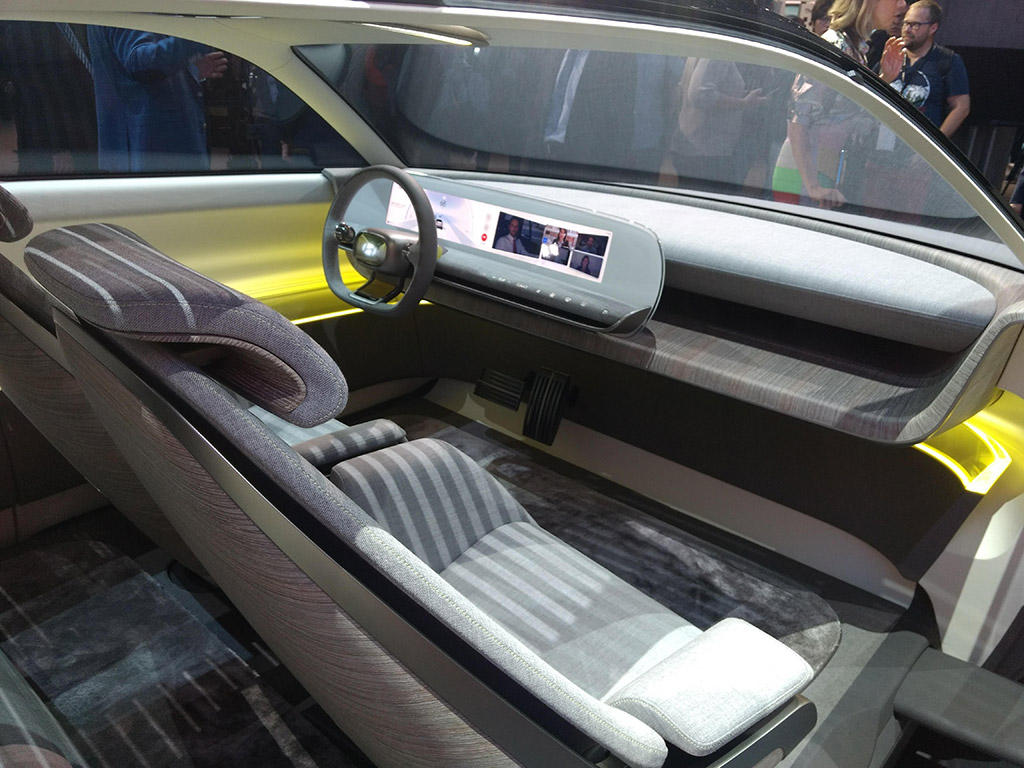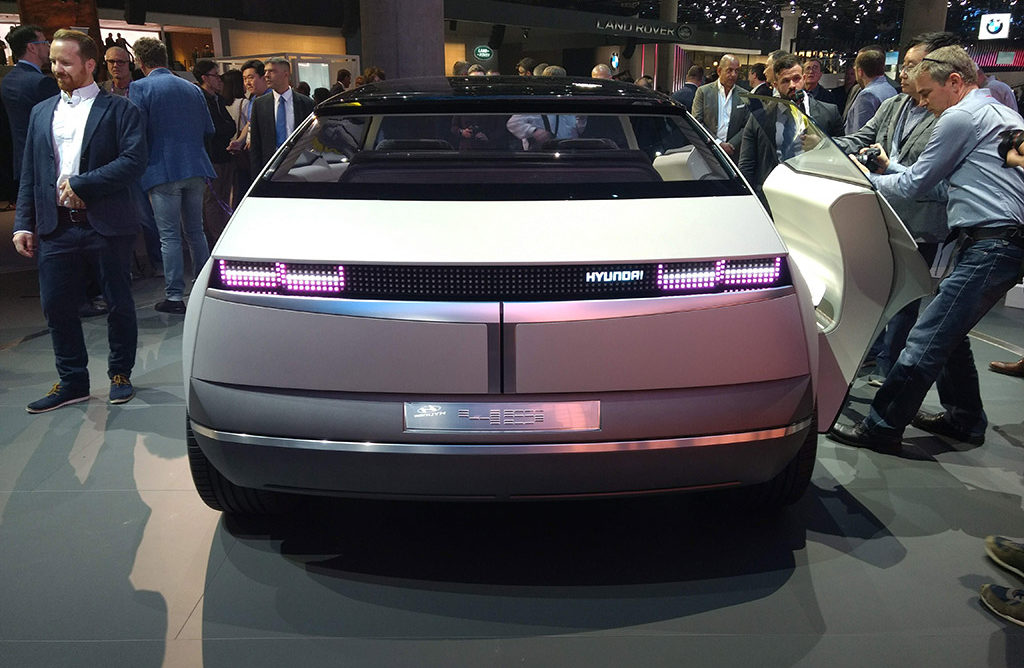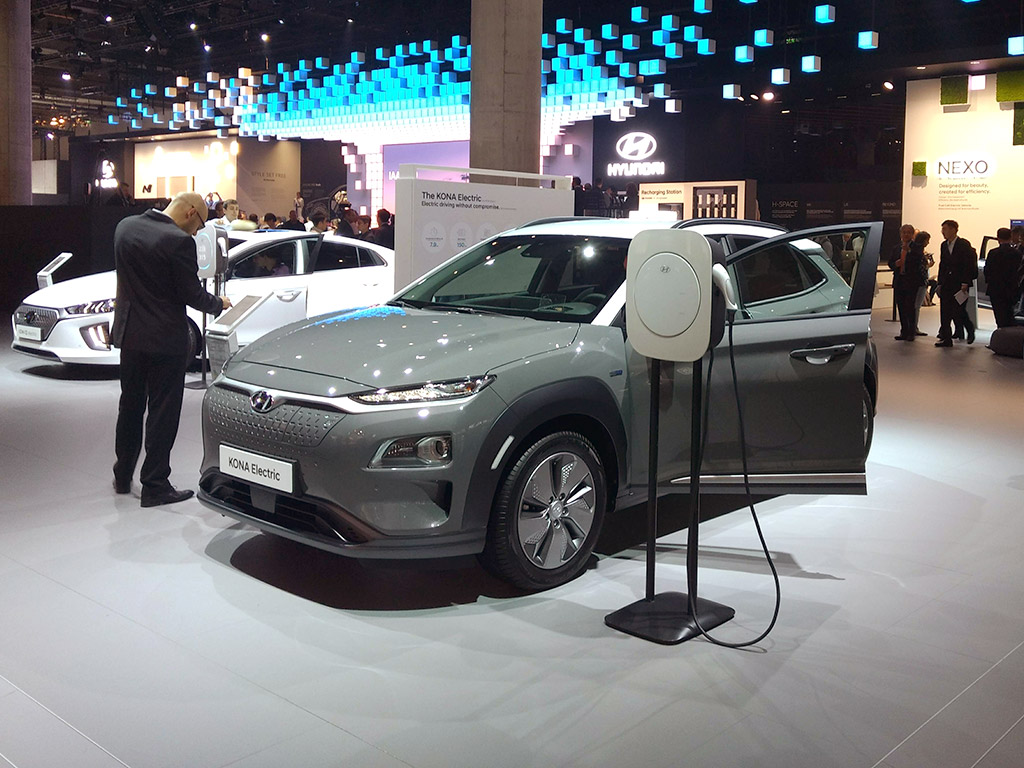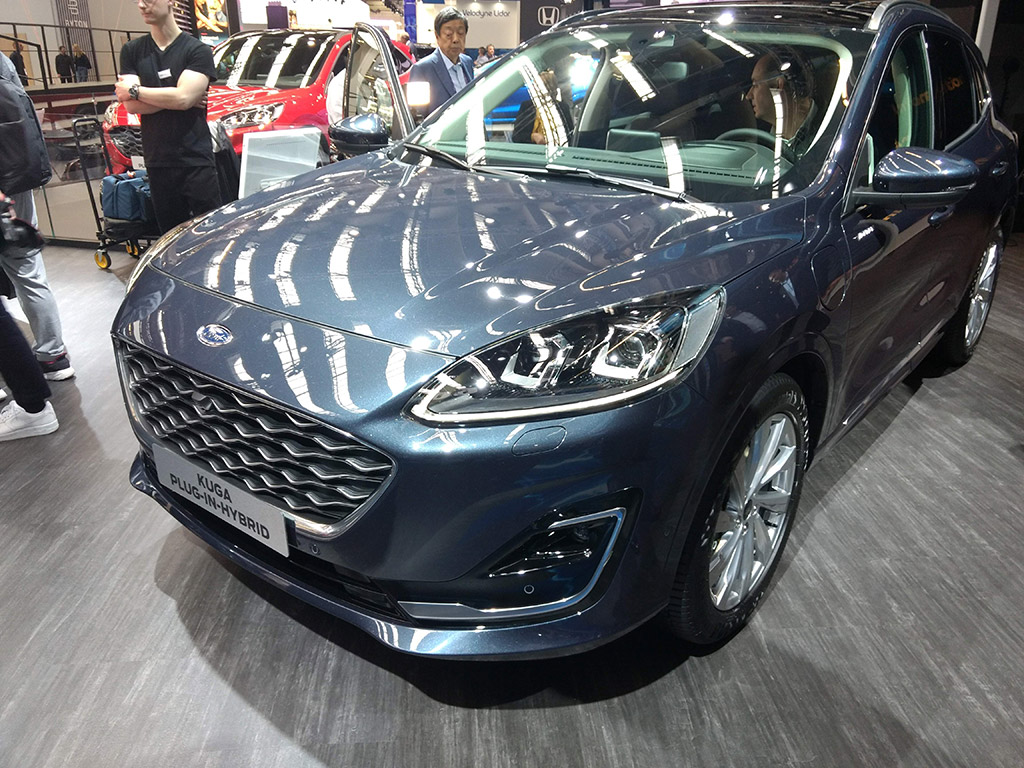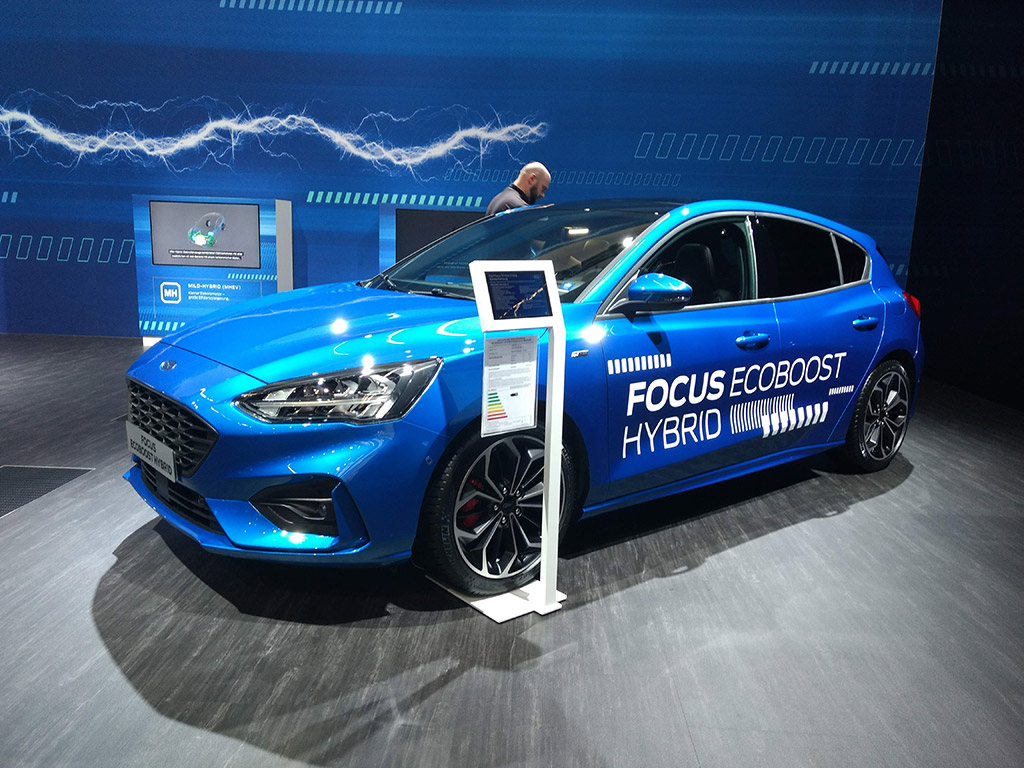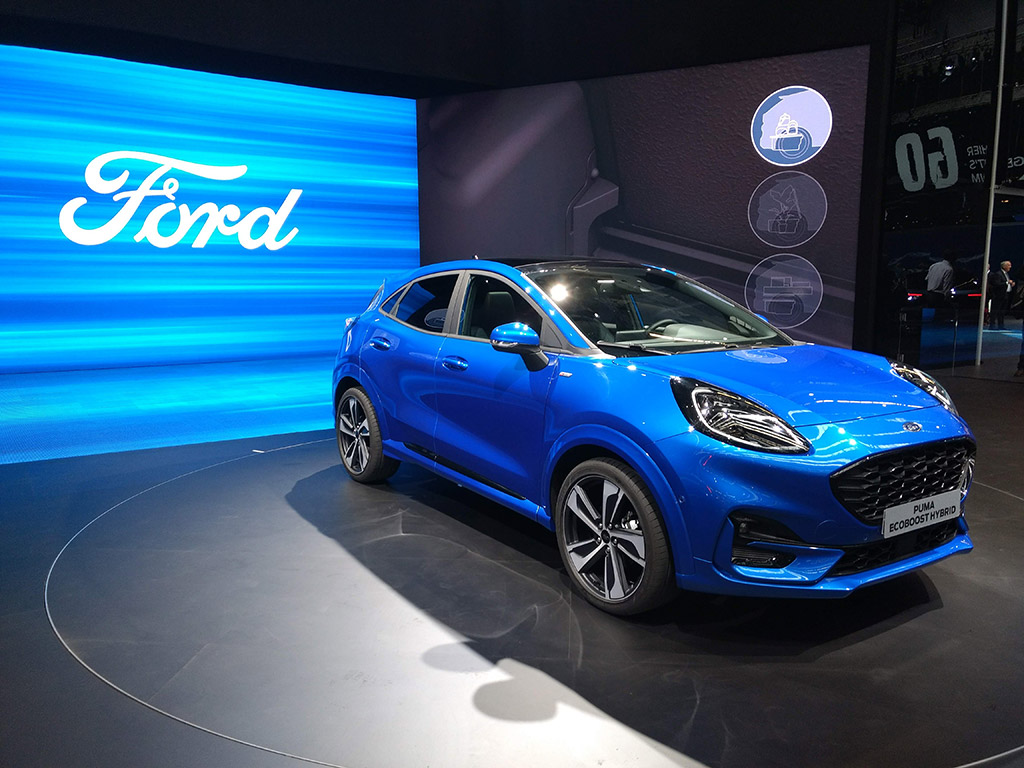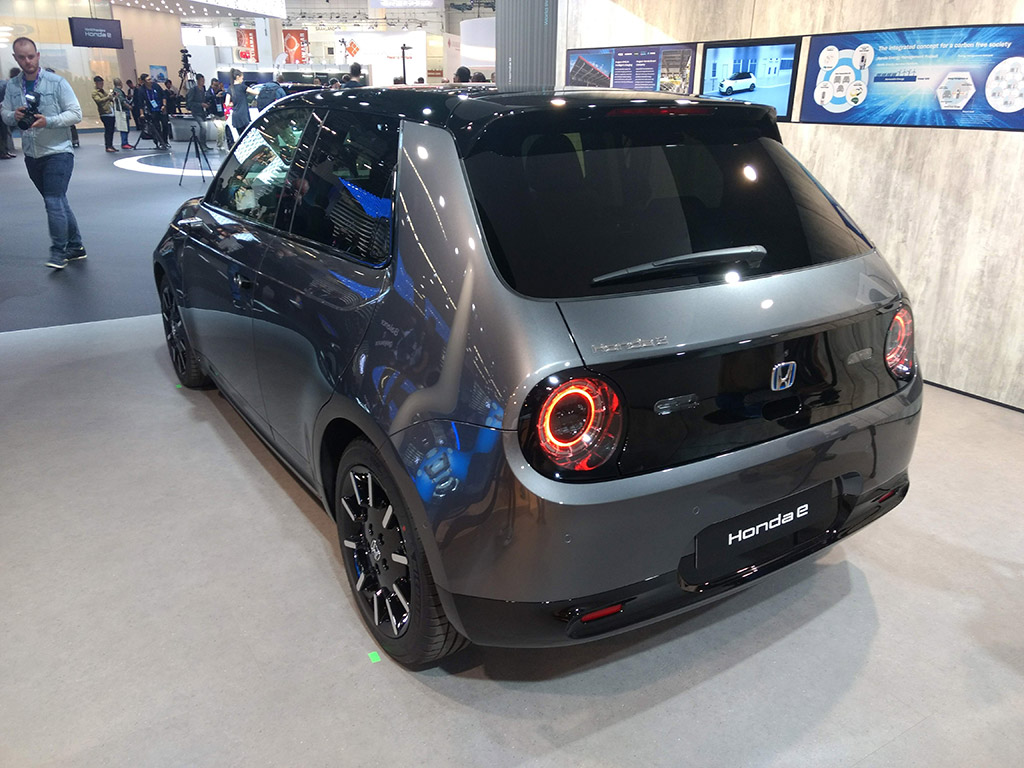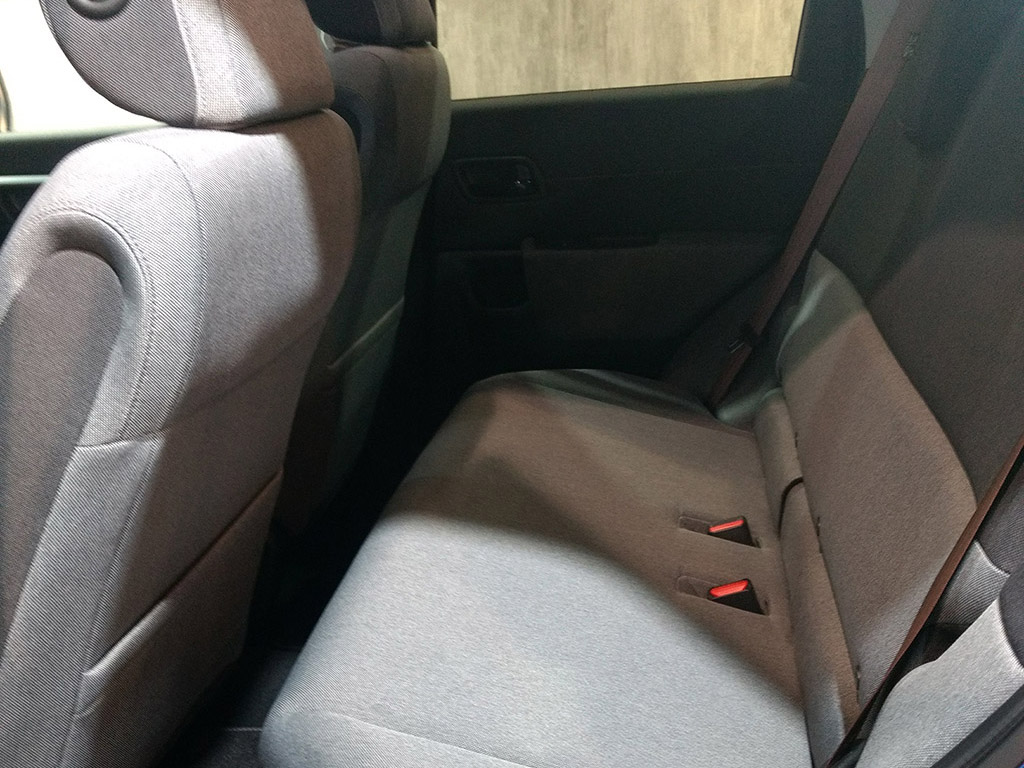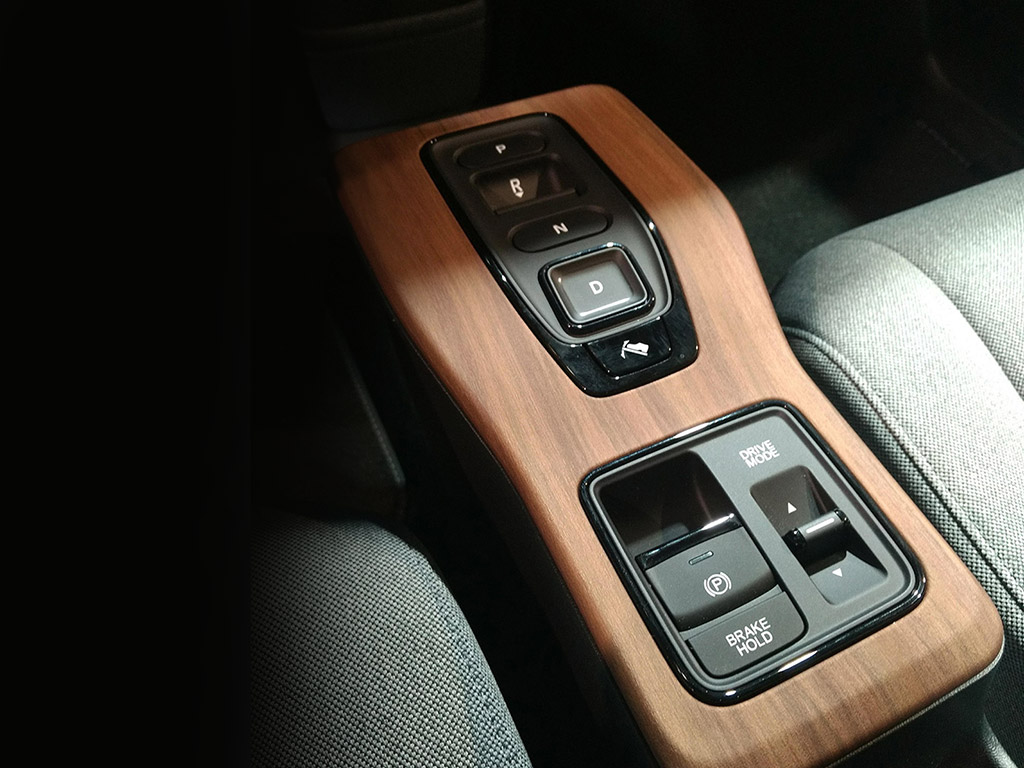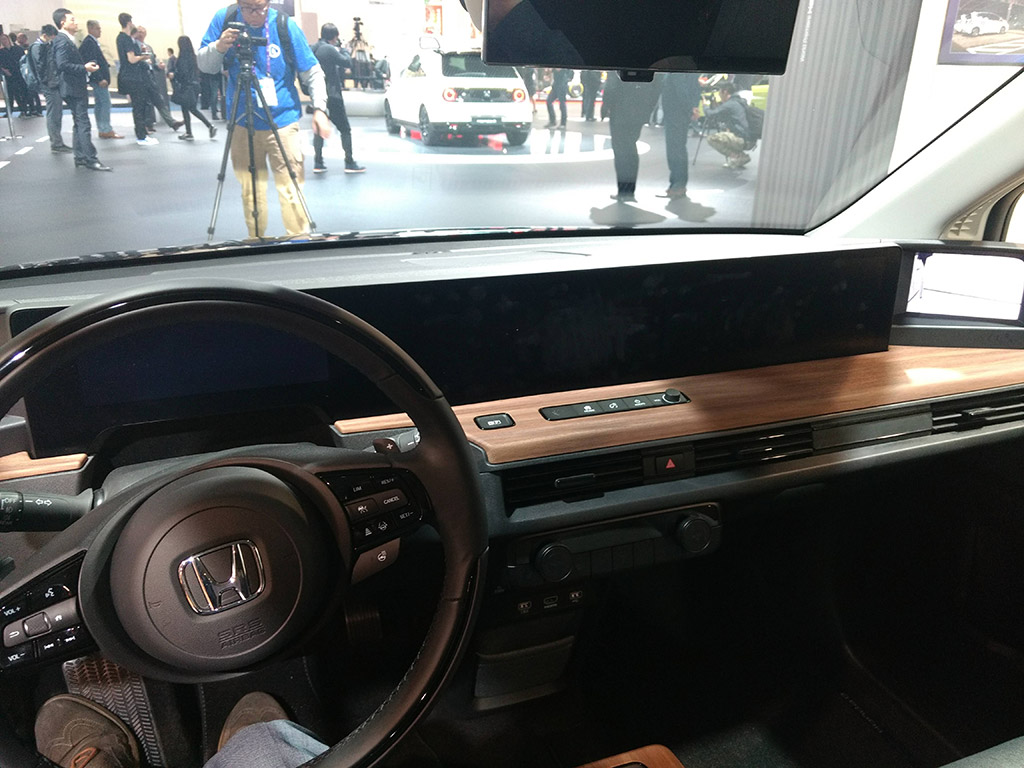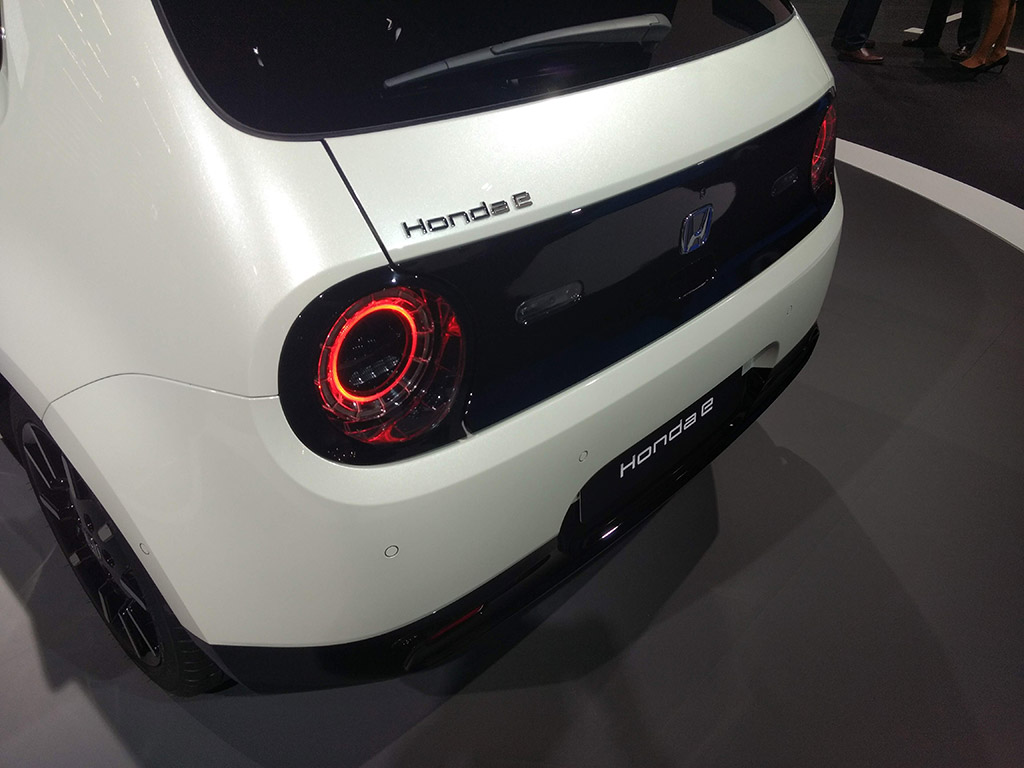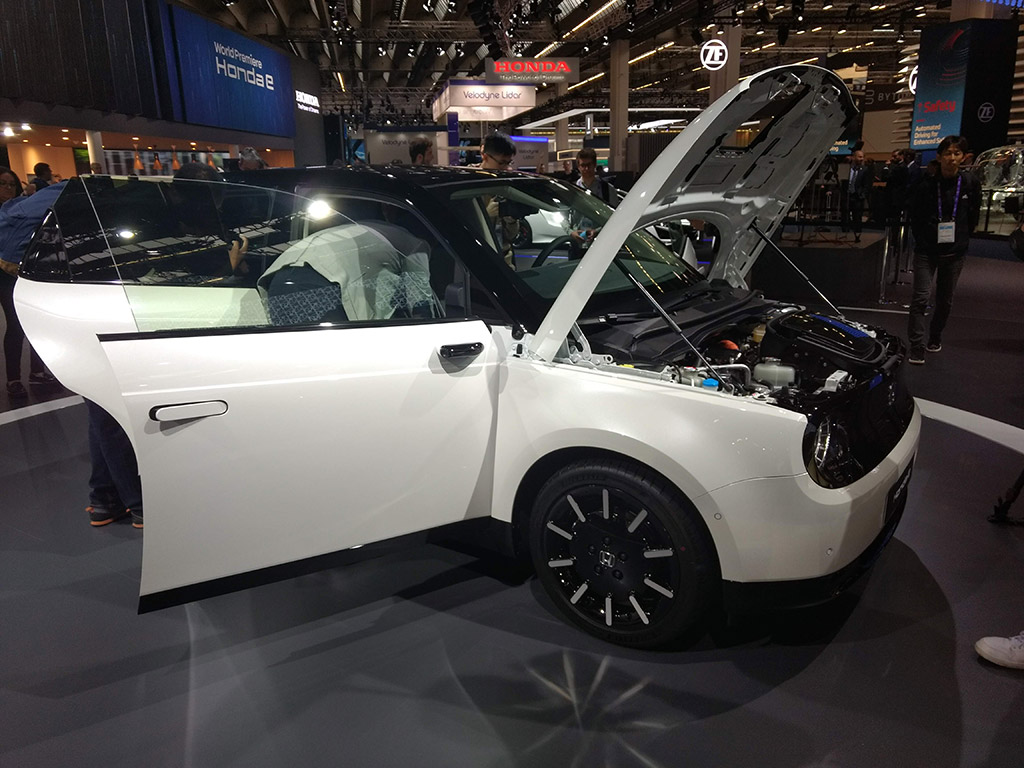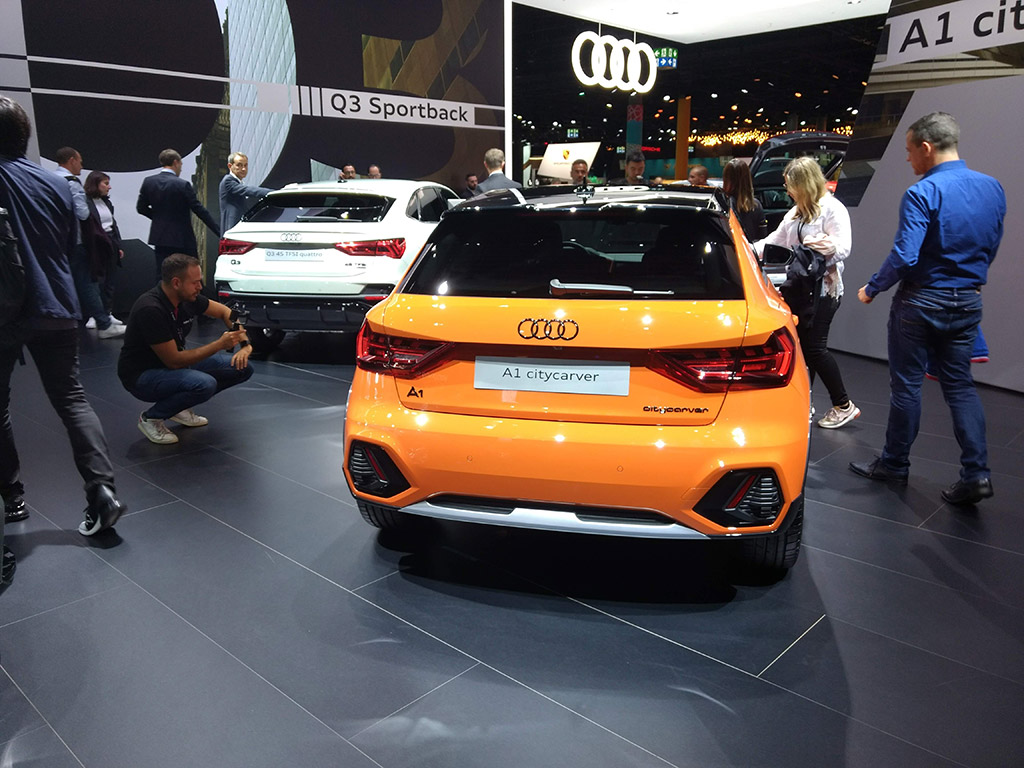Frankfurt Motor Show 2019: All you need to know
From the rugged Land Rover Defender to the latest electric car unveilings, this year’s Frankfurt Motor Show provided an insight into the fleet cars of tomorrow. Jonathan Musk looks at the main highlights.
- Honda stand
- Land Rover Defender 90
- BMW 1 Series
- Hyundai i10 N-Line
- Hyundai i10
- Lamborghini
- Skoda Superb iV plug-in hybrid
- Porsche Taycan conference
- Porsche Taycan Turbo S
- Porsche Taycan Turbo S
- Cupra
- Volkswagen stand
- Volkswagen stand
- Volkswagen ID.3
- Volkswagen ID.3
- Volkswagen ID.3
- Volkswagen ID.3
- Volkswagen ID.3
- Volkswagen ID.3
- Volkswagen e-up!
- Volkswagen e-up!
- Audi AI:Con
- Audi AI
- Byton M-Byte
- BMW Concept 4
- BMW M NEXT
- Mini Cooper SE
- Vauxhall/Opel Corsa-e
- Vauxhall/Opel Corsa-e
- Vauxhall/Opel Corsa-e
- BMW i NEXT
- Land Rover Defender
- Land Rover Defender
- Land Rover Defender
- Land Rover Defender
- Land Rover Defender
- Hyundai 45 EV Concept
- Hyundai 45 EV Concept
- Hyundai 45 EV Concept
- Hyundai Kona Electric
- Ford
- Ford Fiesta EcoBoost Hybrid
- Ford Kuga Plug-in Hybrid
- Ford
- Ford Focus EcoBoost Hybrid
- Ford
- Honda e
- Honda e
- Honda e
- Honda e
- Honda e
- Honda e
- Honda e
- Audi stand
Audi
Audi had a range of interesting cars on show, with plenty of electrification. This includes the four-door Coupé A7 Sportback that will be available as a plug-in hybrid. Joining the car was a striking AI:TRAIL quattro concept that Audi was touting as the off-roader of the future.
BMW
With a large stand, BMW had plenty to showcase but stealing the show-space was its new Concept 4 that’s been created to show possible future BMW styling cues, such as the ever-growing kidney grille that takes more than just centre stage. Adding drama to the stand was the Vision M Next coupé – an electric vehicle that could be destined to replace the i8. Another ‘future’ highlight was the BMW i Hydrogen NEXT, which shows BMW hasn’t forgotten about fuel cell electric vehicles, and could indicate a hydrogen-powered BMW i vehicle is in the works.
BMW i wasn’t solely used to demonstrate concepts, however, with new BMW i3s Edition RoadStyle and limited production run BMW i8 Ultimate Sophisto Edition taking some of the limelight with copper-design accents, as is increasingly becoming the norm for EVs.
More down to earth models included the 3 Series Touring, as well as the new BMW 1 Series that both made their show debuts, and also the new X6 that joins the line-up.
Byton
Not yet a household name, Byton is a promising upstart car company with grand ambitions. Its latest reveal is the M-Byte, which the company says will begin shipping in China in mid-2020, slightly behind the original schedule. UK customers should keep an eye out for the electric car in 2021.
Ford
Ford announced its line-up of electrified vehicles, which it says will drive sales and are anticipated to surpass conventional petrol- and diesel-models by the end of 2022 in Europe. The line-up includes mild hybrid, hybrid, plug-in hybrid and electric options, with Ford showing off its new Kuga Plug-in Hybrid, Explorer Plug-in Hybrid, Tourneo Custom Plug-in Hybrid, Puma EcoBoost Hybrid and Modeo Hybrid Wagon at the show. Although no concept was offered on display, Ford also took the opportunity to remind attendees of its forthcoming “Mustang inspired” all-electric performance SUV due next year, which is said to offer a WLTP-rated range of 370 miles to a charge.
Furthering its electric cause, Ford also announced a tie-up with Shell’s NewMotion that will start from Autumn, with NewMotion providing charging solutions for all European Ford PHEVs.
Honda
Honda used the show to finally reveal in production form its loveable Honda e electric car and pricing, which starts from £26,160 for the base 134hp model. The more powerful 151hp model will sell from £28,660 (both figures include government plug-in car grant of £3,500). The car’s real USP is its design, which its makers say has gone away from convention and is different to other EVs on the market that, for example, try to stand out from the crowd, or use clever aerodynamics or fuel-saving eco wheel and tyre designs. Despite the lower than expected pricing, the Honda’s interior feels hugely premium and much more so than many of its closest rivals can offer. Mixing fabric with wood to a hugely successful ‘lounge’ feeling that should make customers feel relaxed no matter where they’re headed. Range is on the low side compared to competition, but Honda says the car was always designed for the urban environment where not more than 100 miles range is needed, adding that smaller batteries make more sense and that – like with smartphones – people will adapt to charging as the technology is more widely adopted across the industry.
The car was joined with an announcement by Honda Motor Europe senior vice president, Tom Gardner who said that the next-generation Jazz would be hybrid-only in Europe.
The Japanese company also used the show to introduce its Electric Vision, which will see the brand bridge the gap between mobility and energy provider with a range of products designed to facilitate electric car charging and energy management solutions.
This includes a partnership with lamp-post charging pioneer Ubitricity, as well as a Honda Power Manager Prototype that allows businesses vehicle-to-grid capability.
Honda confirmed at Frankfurt that it will bring to market its first commercial energy services during 2020 to align with the launch of the Honda e, with the UK spearheading its European targets.
Hyundai
The Korean brand used the show for its new i10 which was revealed ahead of the show, as well as introducing a new N-Line sports trim for the diminutive car.
Adding a buzz around the stand was the reveal of its latest concept, the 45 EV Concept, which a Hyundai spokesperson said could indicate a future design style for the brand that would mark a radical departure from its existing model range. In addition, the company showed off its all-electric Veloster N ETCR racing car that’s been developed for the new ETCR racing series, due to begin its inaugural season in 2020.
Land Rover Defender
Reviving the classic is no easy task, but Land Rover’s designers have made a stunning effort to bring us this latest instalment of Defender – a name that virtually the entire brand was built on. So, no pressure then. Chief amongst the highlights include a five-door 110 variant that’ll debut the model, followed shortly after by a shorter three-door 90 model. Power is derived from Ingenium petrol and diesel engines that are, according to the spec sheet, all RDE2 compliant. Although fleets shouldn’t expect wild fuel economy from such a rugged vehicle, the Defender manages to capture the spirit of the original while delivering the latest on- and off-road technology. Perhaps a left-field choice, but it’s our chosen star of the show.
Mercedes-Benz
The German brand revealed its latest Vision EQS concept that showcased its idea of an electric luxury saloon, complete with holographic headlamps and other details. Speculatively, the concept might indicate a future direction for an electric S-Class, and displays elements that will appear in other EQ branded vehicles.
Alongside its show-stopper, Mercedes-Benz also presented its GLE and GLC plug-in hybrid models, which includes the GLE 350 de that benefits from a much larger battery and resultant long electric-only range that should reduce fuel consumption considerably.
Mercedes-Benz also revealed its latest electric van-based people carrier, the EQV, as well as making a statement of intent to produce batteries carbon-neutrally in the future thanks to a new partnership with Farasis Energy with some of the next-generation of battery cells being produced using renewable energy.
Renault
The Captur has been a best-seller in its segment for seven years, with the newly revealed car at Frankfurt offering more of the same winning formula, according to Renault bosses. The second-generation is built on the Alliance’s new modular platform and provides more connectivity features, safety driving aids – Highway and Traffic Jam Companion – and a forthcoming E-TECH plug-in hybrid variant. The latter is of particular interest to fans of the new Nissan Juke (that was revealed shortly before, but absent from, the Frankfurt show) which shares the same platform and could indicate a future plug-in Juke.
SEAT & Cupra
Developed on the MEB platform and following SEAT’s own ID.3-derived el-Born concept car, Cupra launched used the show to launch its first full electric car, the Tavascan concept.
Joining the party was the SEAT Mii Electric which, like the e-up!, benefits from Volkswagen e-Golf technology. Pre-sales for the electric model will begin from late autumn in the UK, and pricing will be announced when the EV opens for order.
Also on the stand was SEAT’s first plug-in hybrid model, the Tarraco FR PHEV, and is the fourth of six electrified models the company has confirmed it will launch by 2021. The PHEV offers an electric driving range of around 30 miles, while it sits at the top of the model’s range, delivering a hearty 245hp thanks to a 150hp petrol engine paired with an 110hp electric motor.
Vauxhall/Opel
Announcing its electrification strategy for light commercial vehicles, which includes electric powertrains for Combo Life, Combo Cargo and Zafira Life by 2021. Beating them to the punch, the new Vivaro will be offered in electric form in the coming year. “Opel will be sustainably profitable, global and electric,” says Opel CEO Michael Lohscheller. “By 2024, all Opel models will be electrified. Electrically driven vehicles will be especially important for the ‘last mile’ in urban areas, for example, for transportation services or businesses.”
The vans follow the company’s electrified car line-up that includes the Grandland X Hybrid4 (plug-in hybrid), Peugeot-based electric Corsa-e and new Corsa-e Rally, the latter of which will be used in a new rally series starting in 2020.
Volkswagen
Having been revealed in drip-feed fashion for more than a year, Volkswagen finally removed the stripey camouflage from its hotly anticipated ID.3 electric car. Touting this as the most significant model launch in its history following the original Beetle and Golf, most of the car’s specifications were already known. However, in a radical solution to the company’s chequered past with regard to emissions scandals, the new car marks the start of an “age of balance-sheet CO2-neutral mobility” according to Volkswagen boss Herbert Diess. The new car will set the standard for all of Volkswagen’s forthcoming electric cars, of which there’ll be 70 by 2028.
Also on display was the new updated e-up!, complete with European pricing starting from €150/month on a three-year lease. How that will translate to the UK remains to be seen with a sour exchange rate, but indications are positive that this will be an ‘affordable’ EV. The car uses e-Golf technology to provide more power and range than the old model, while the rest of the already fun and thrifty package remains largely unchanged.

